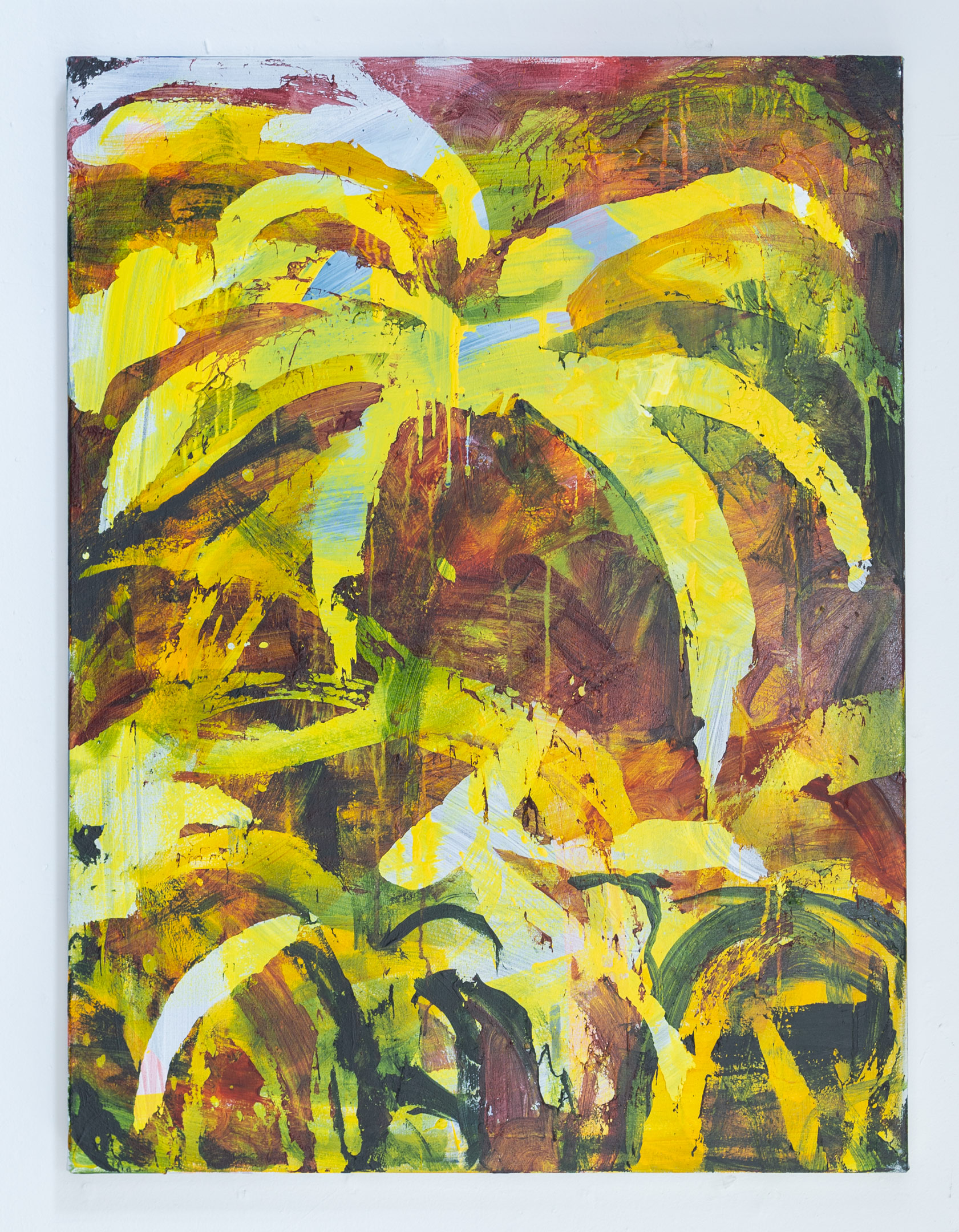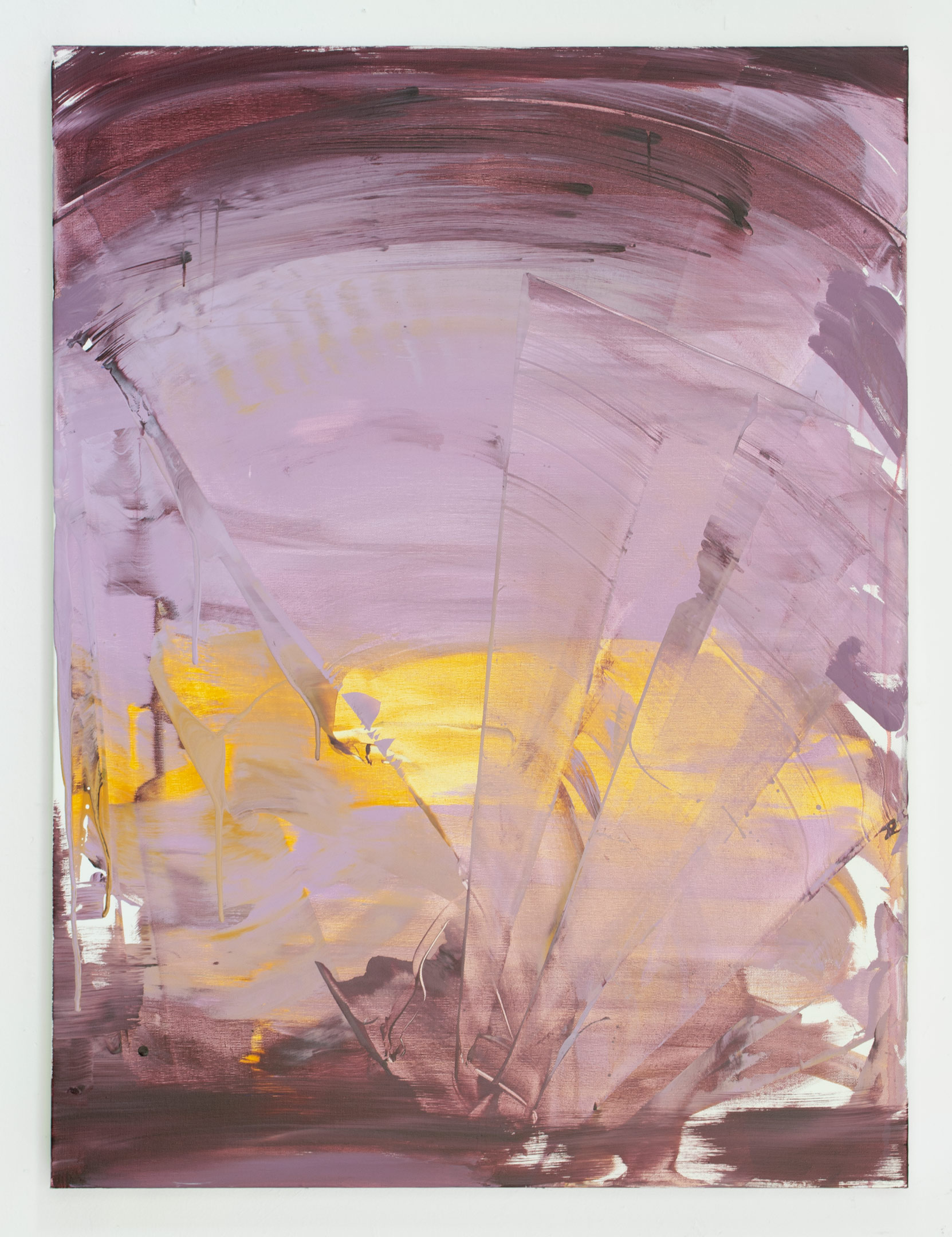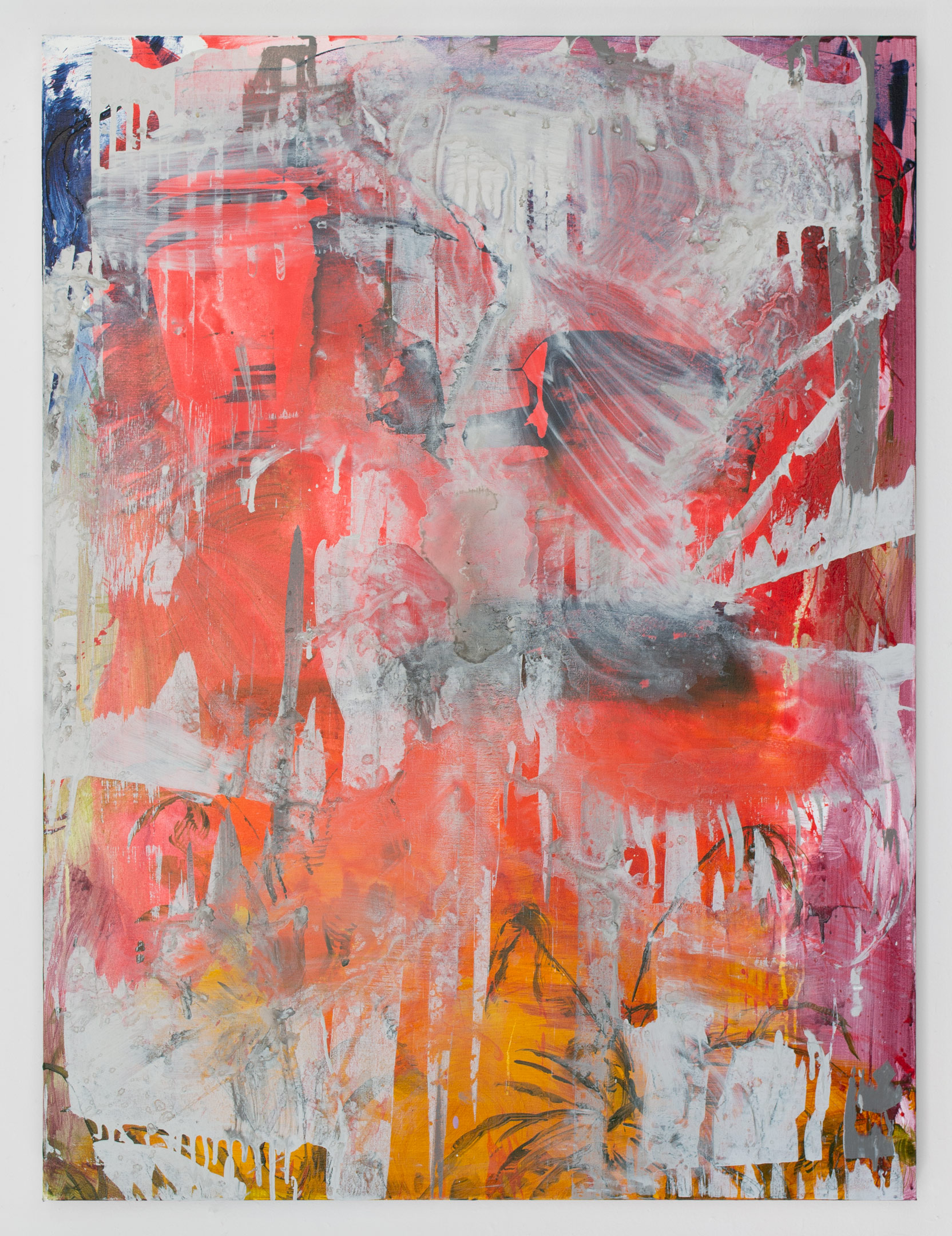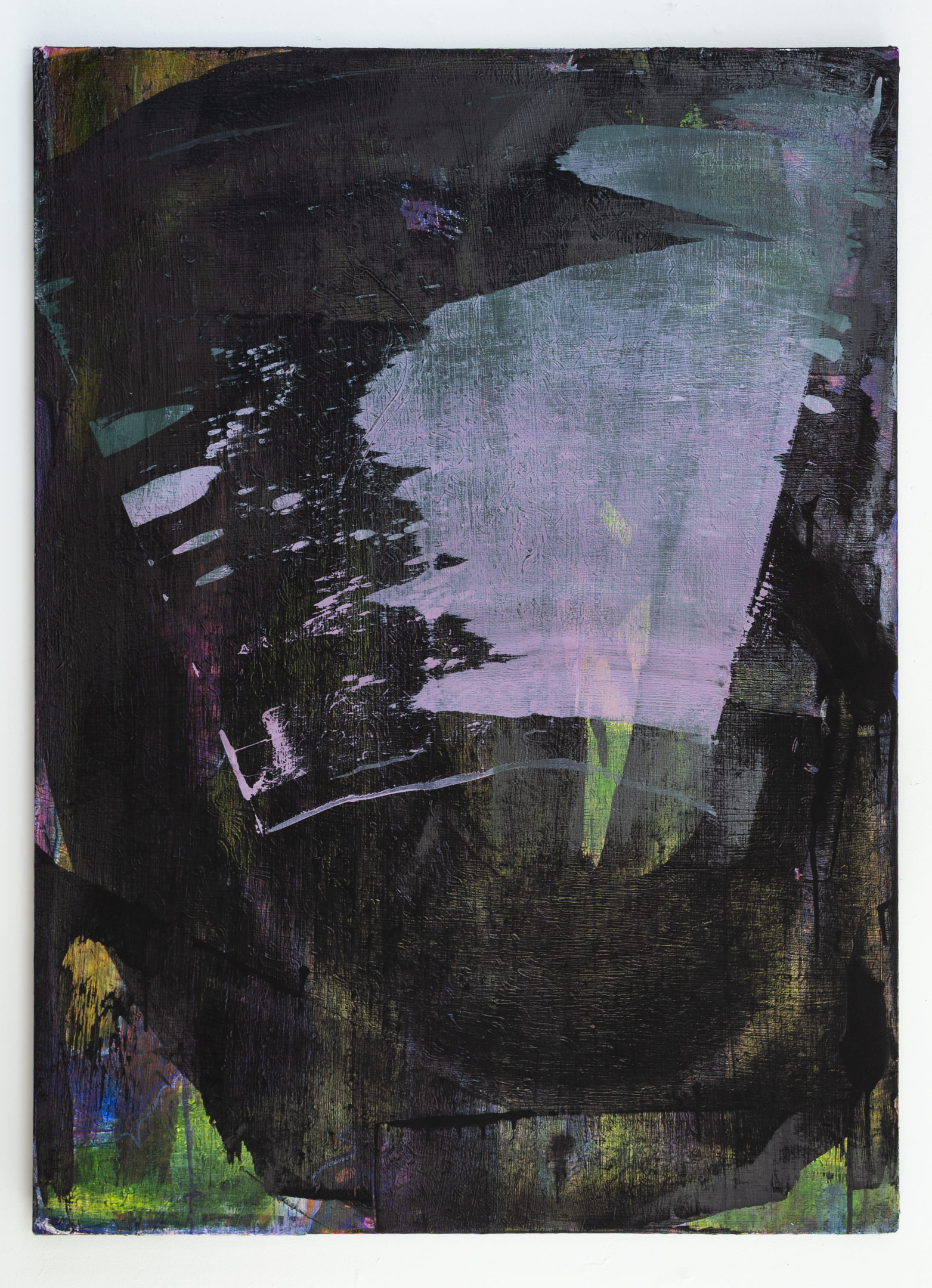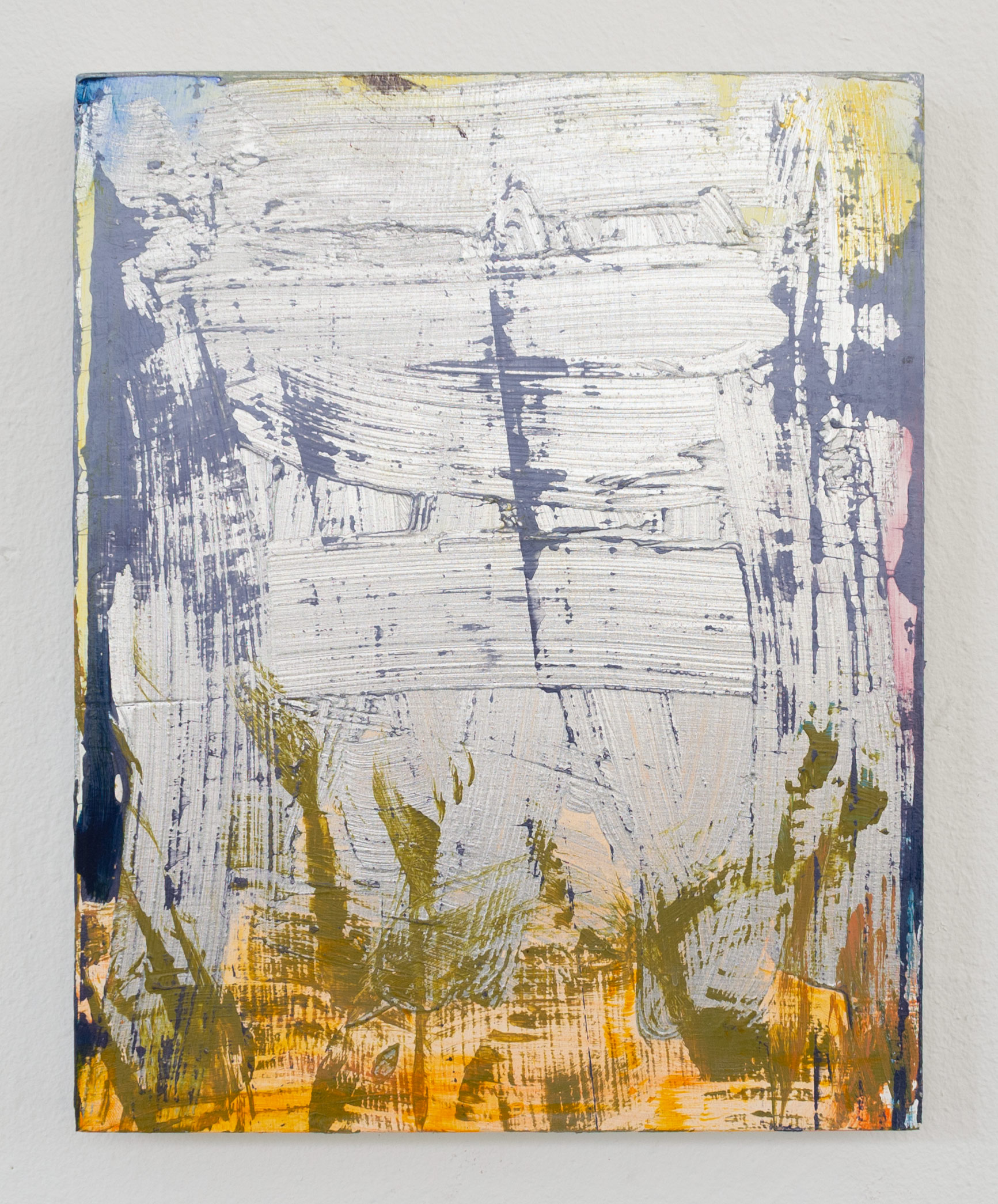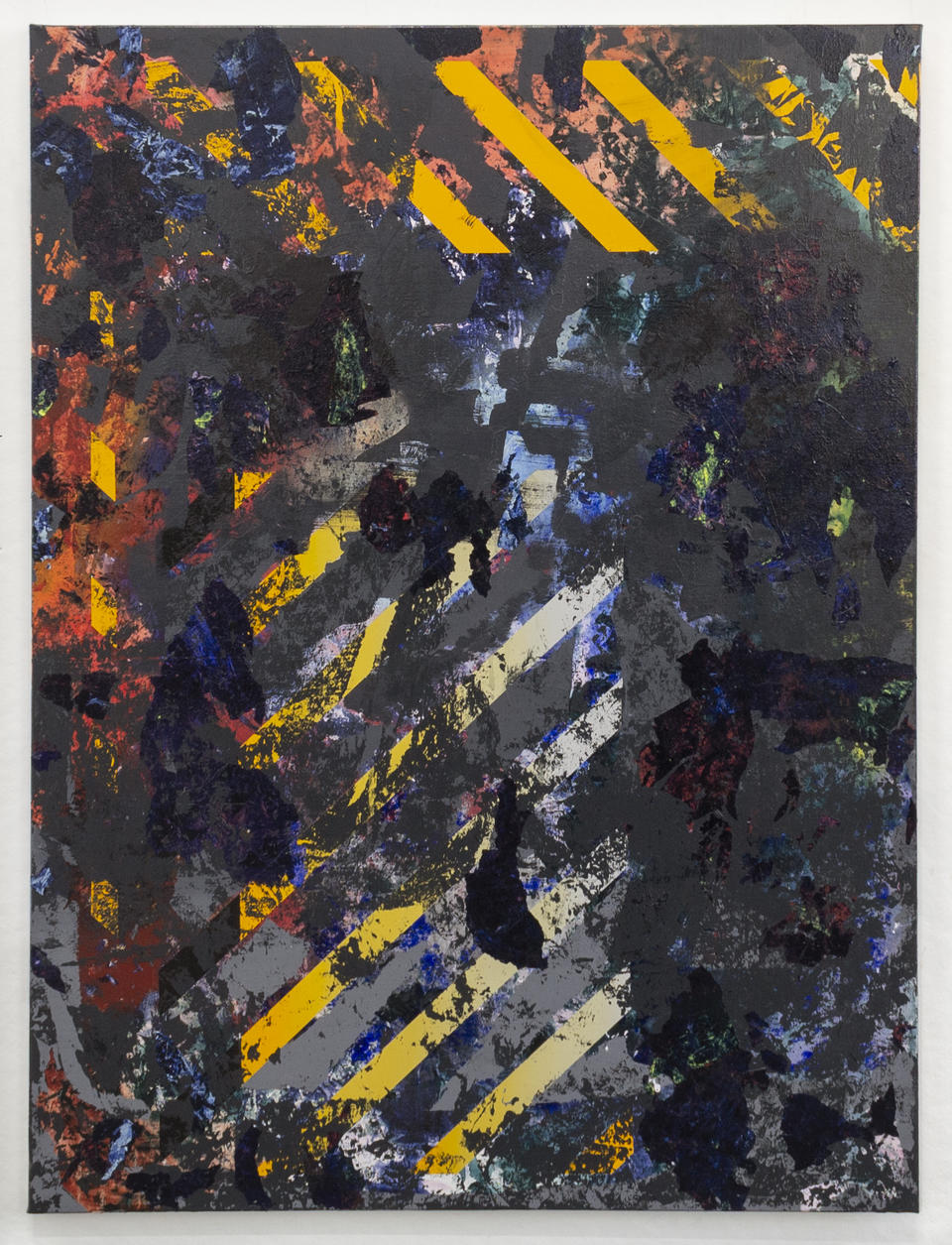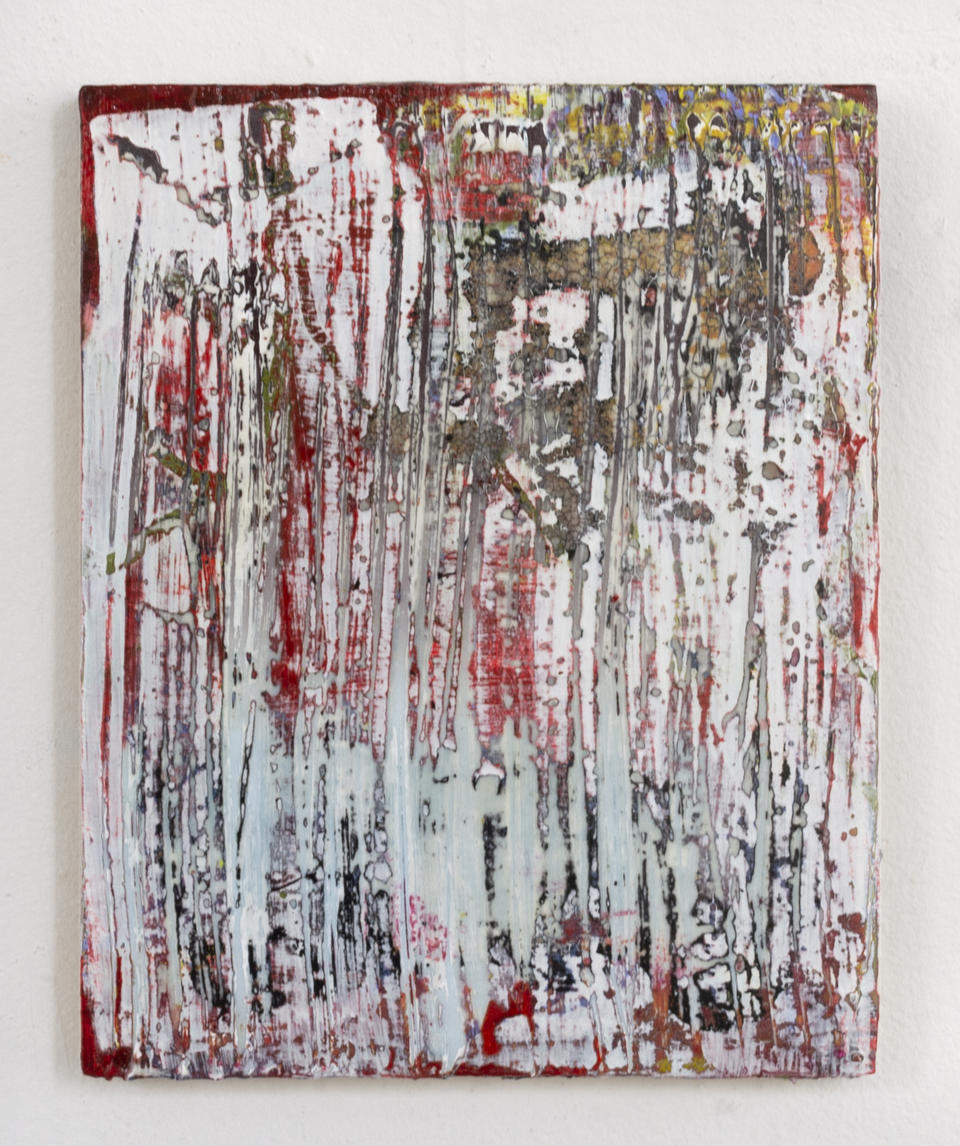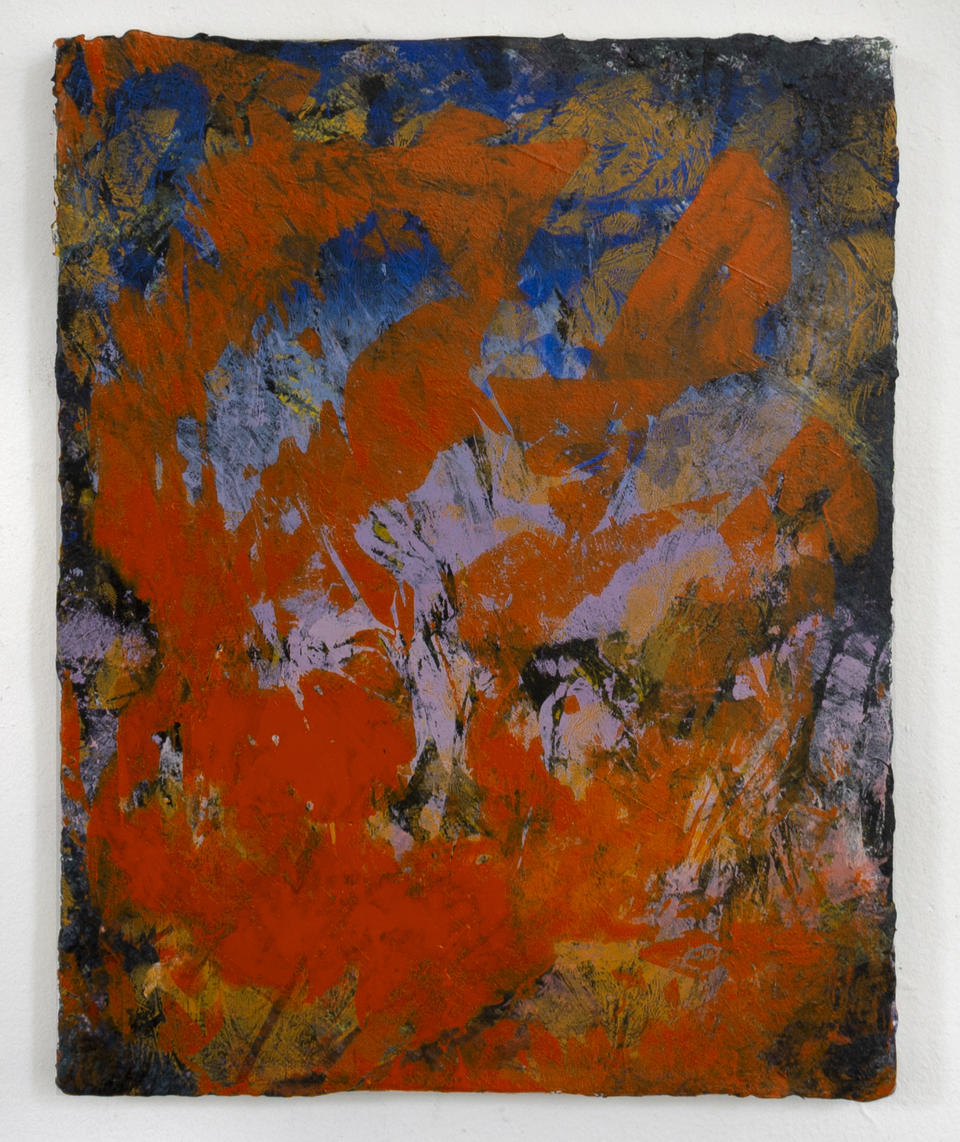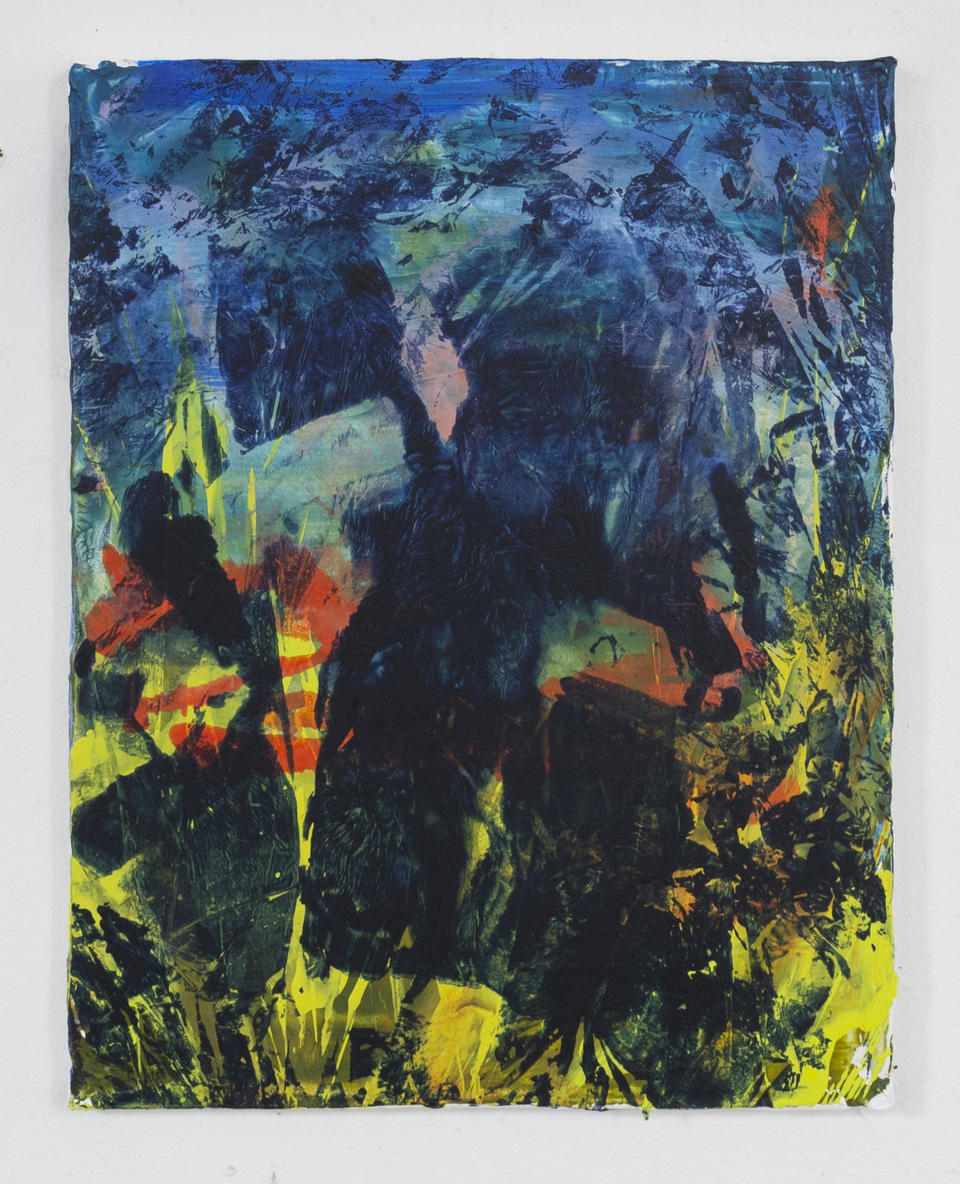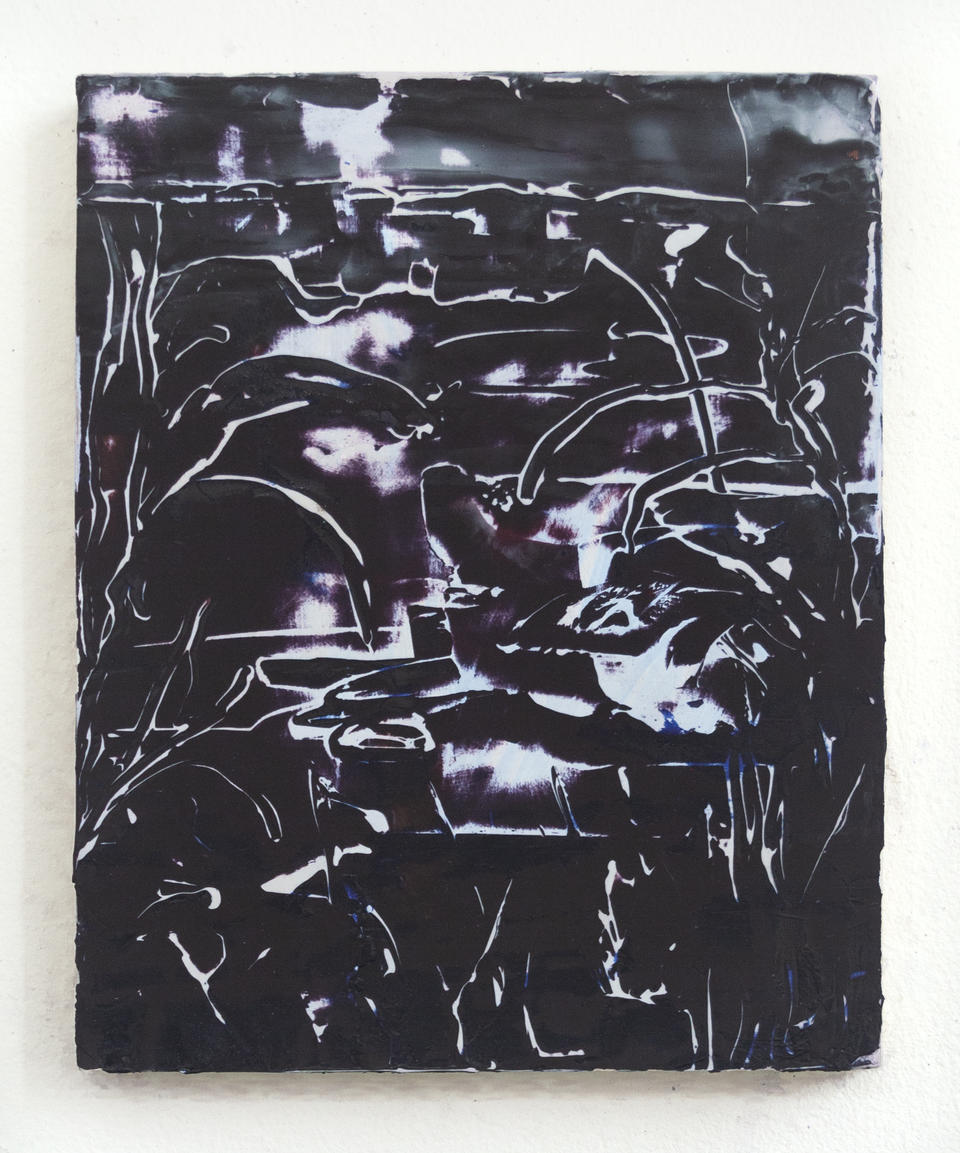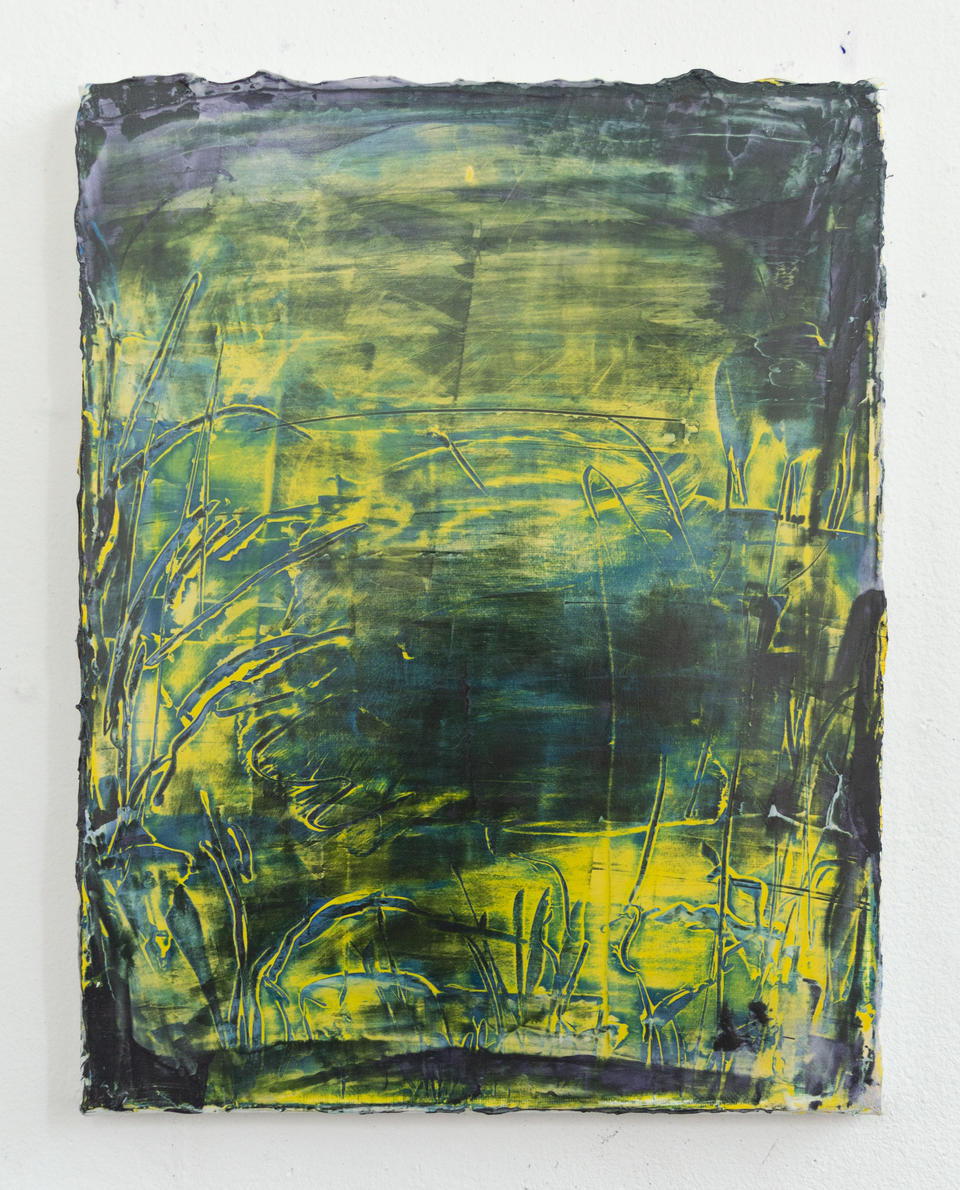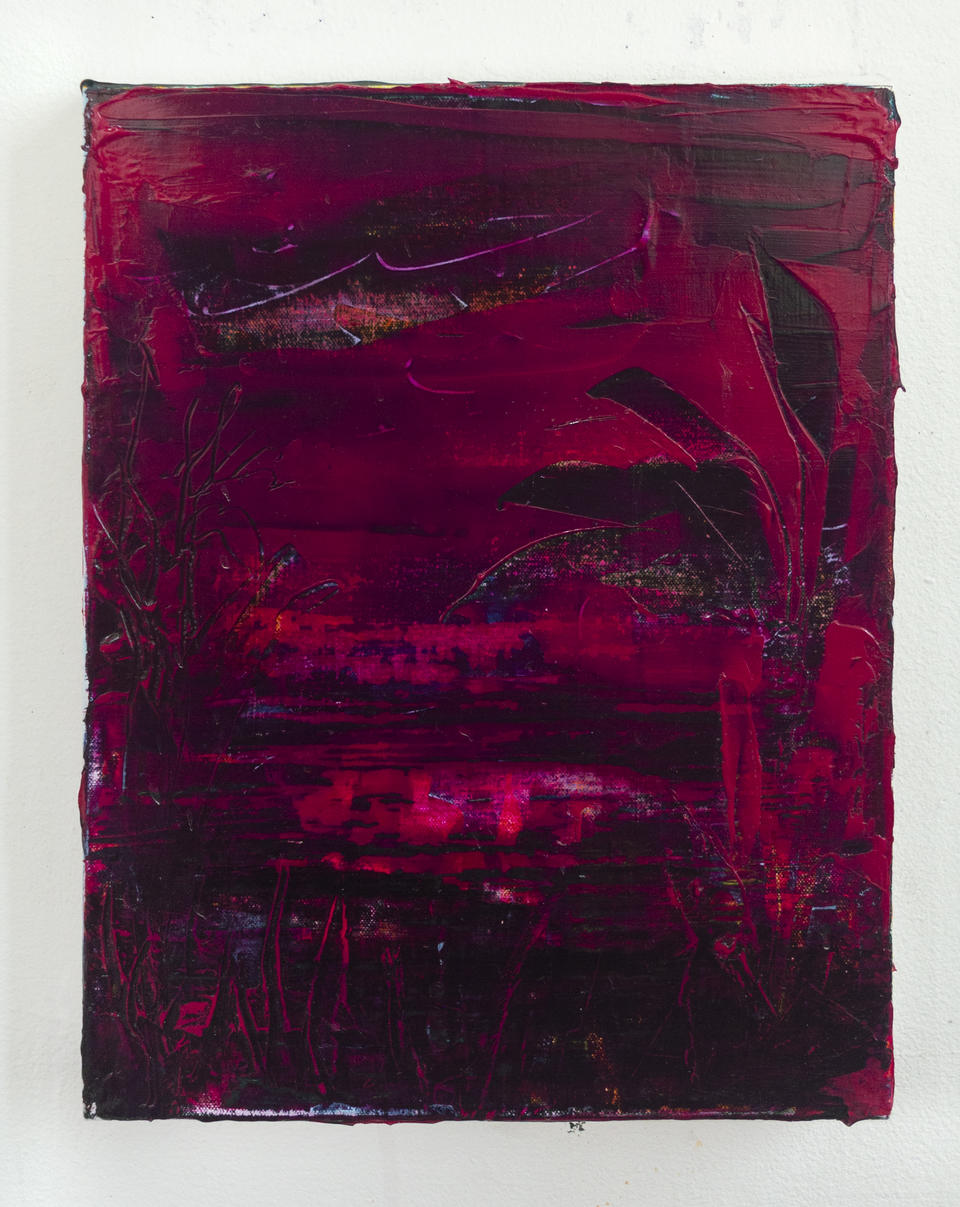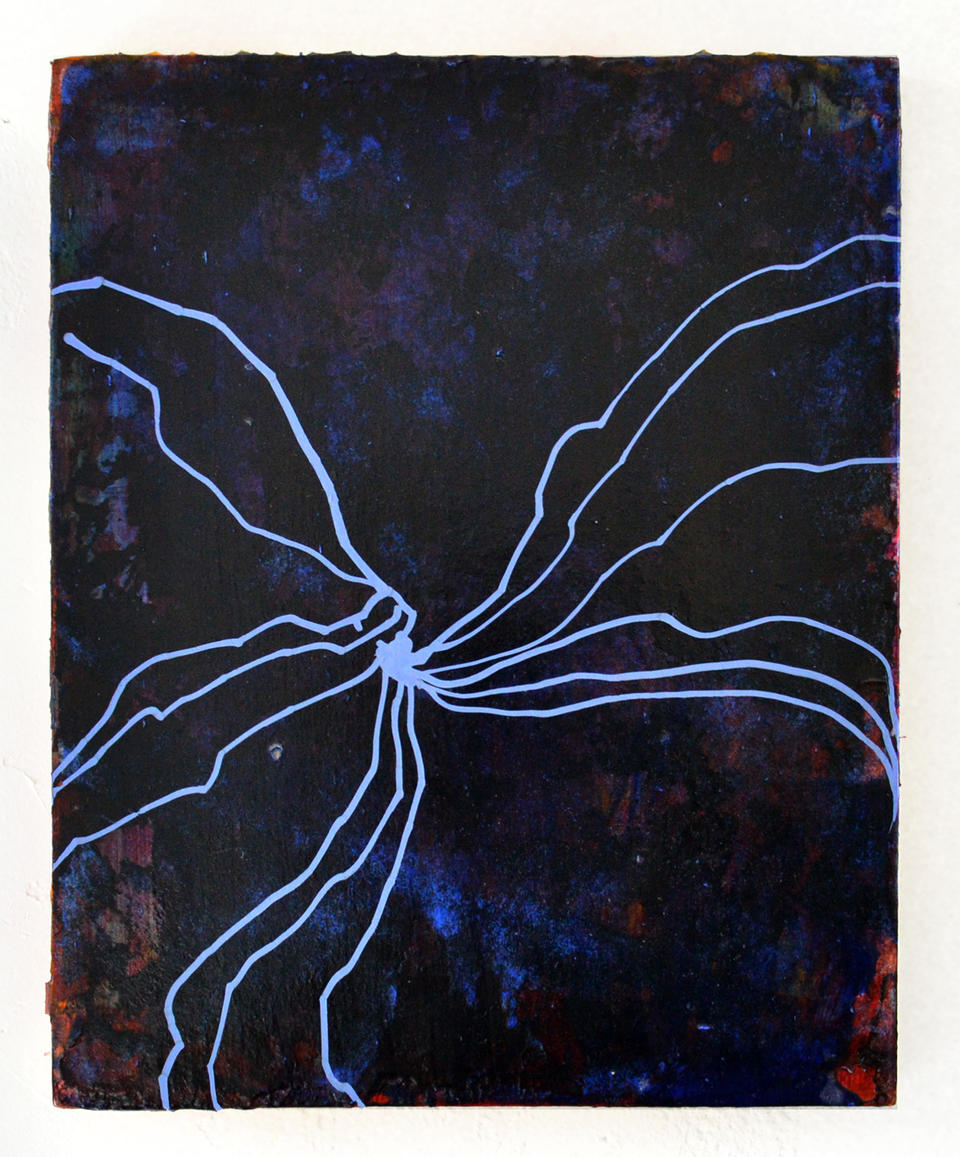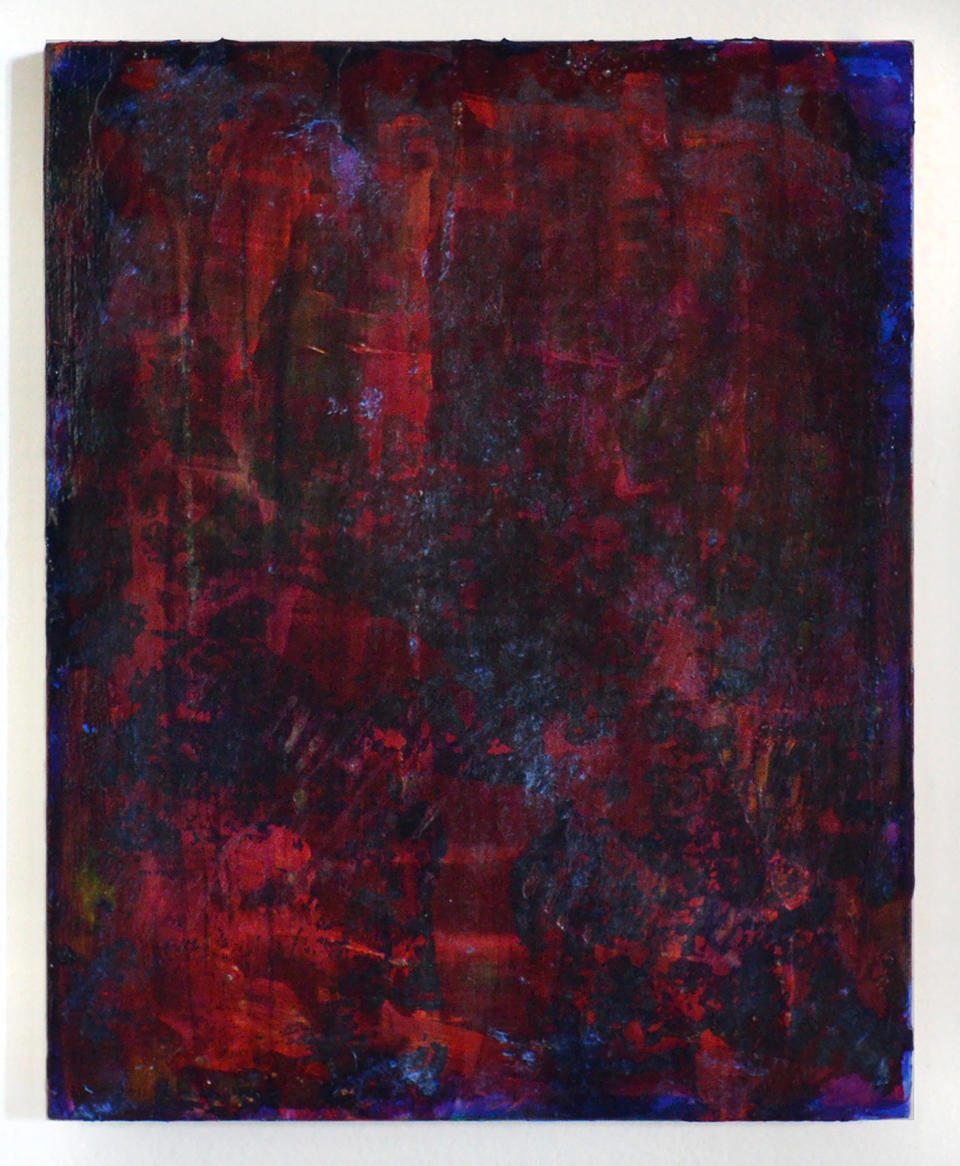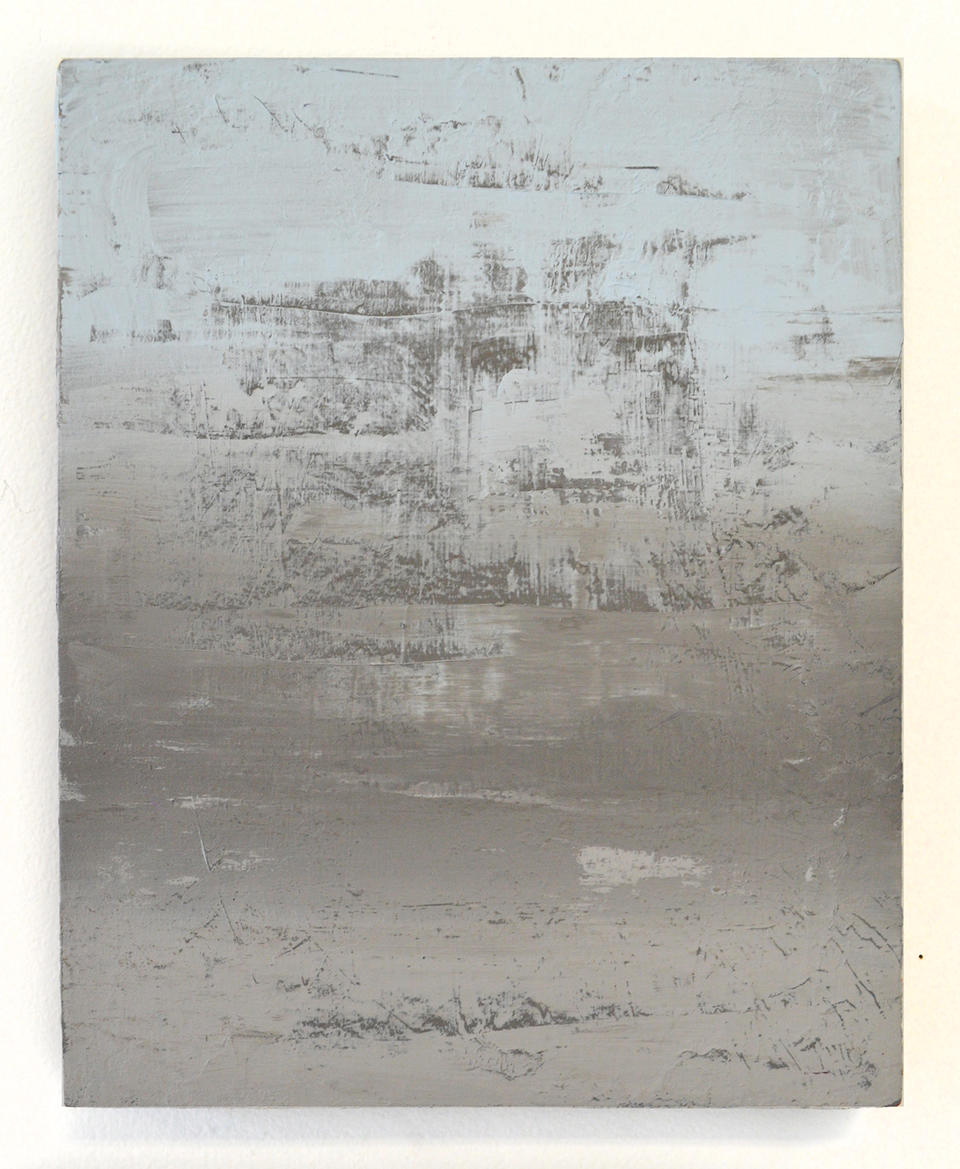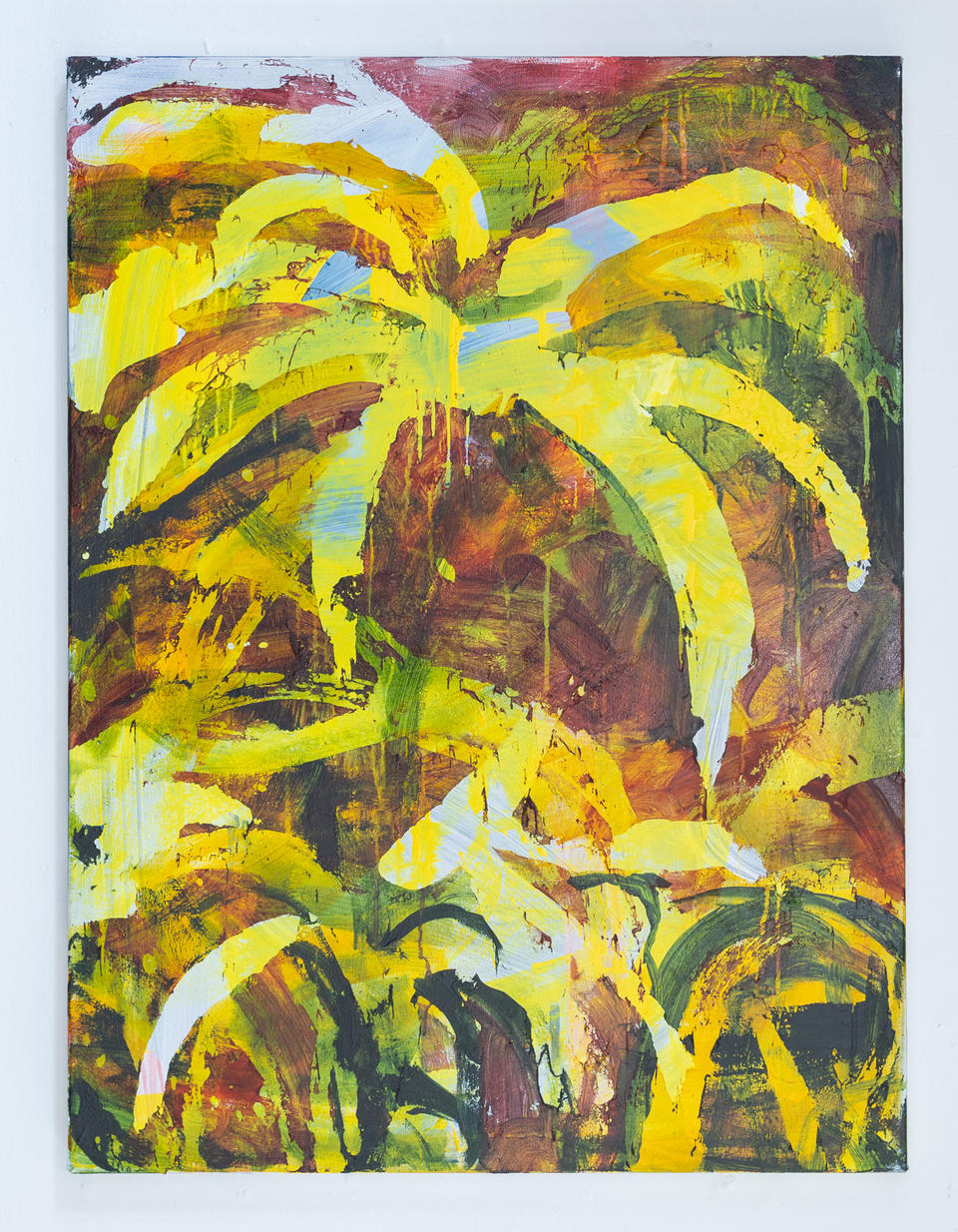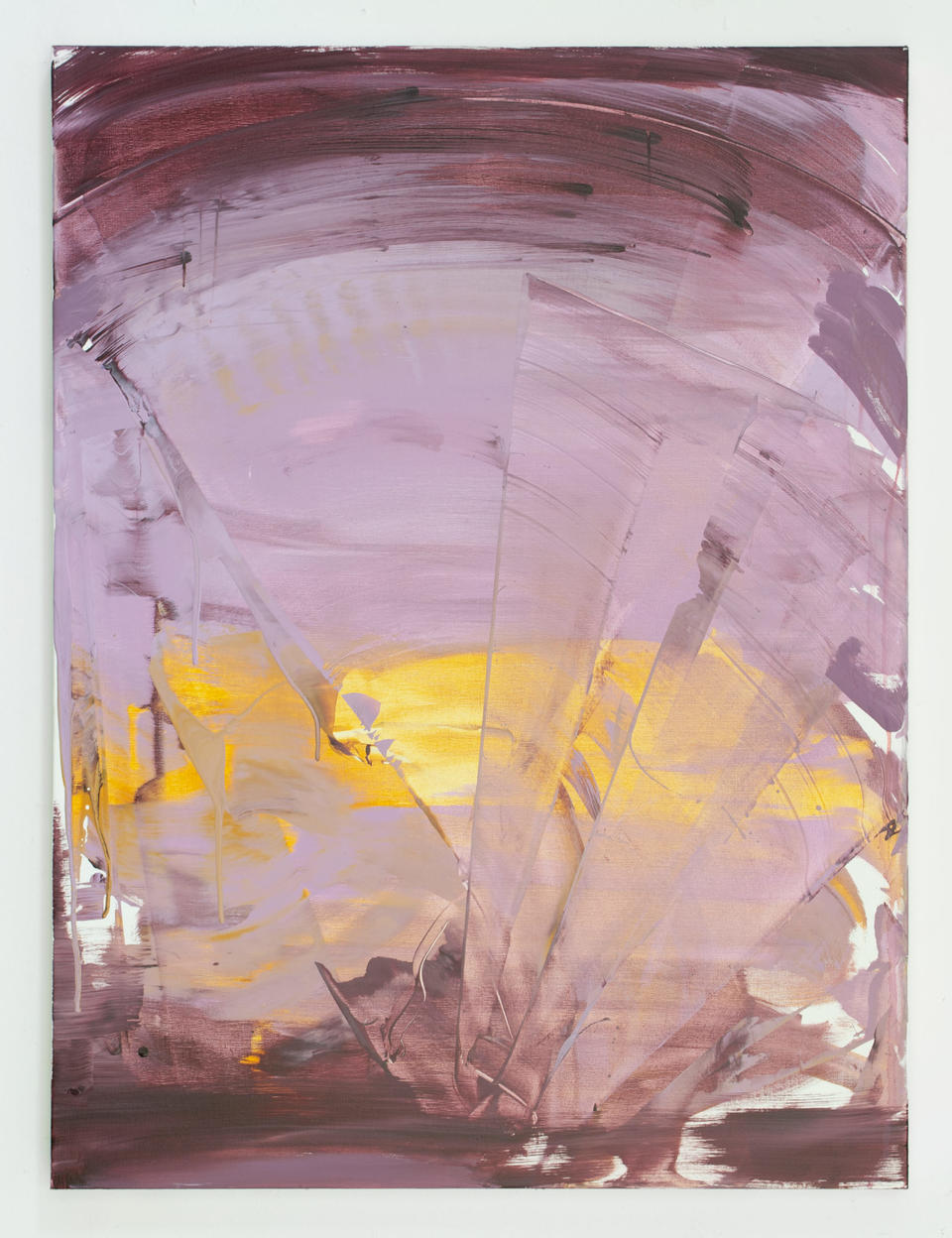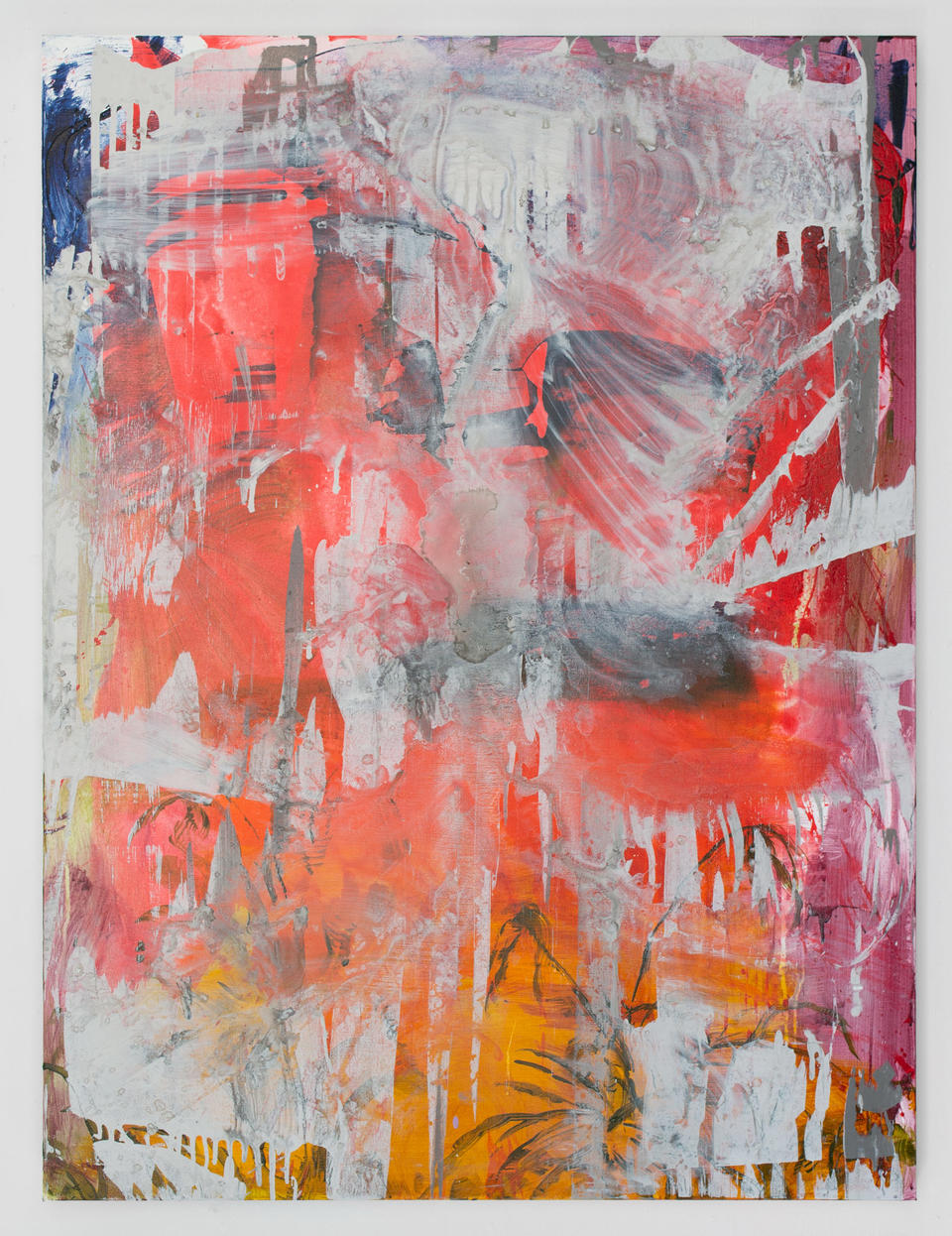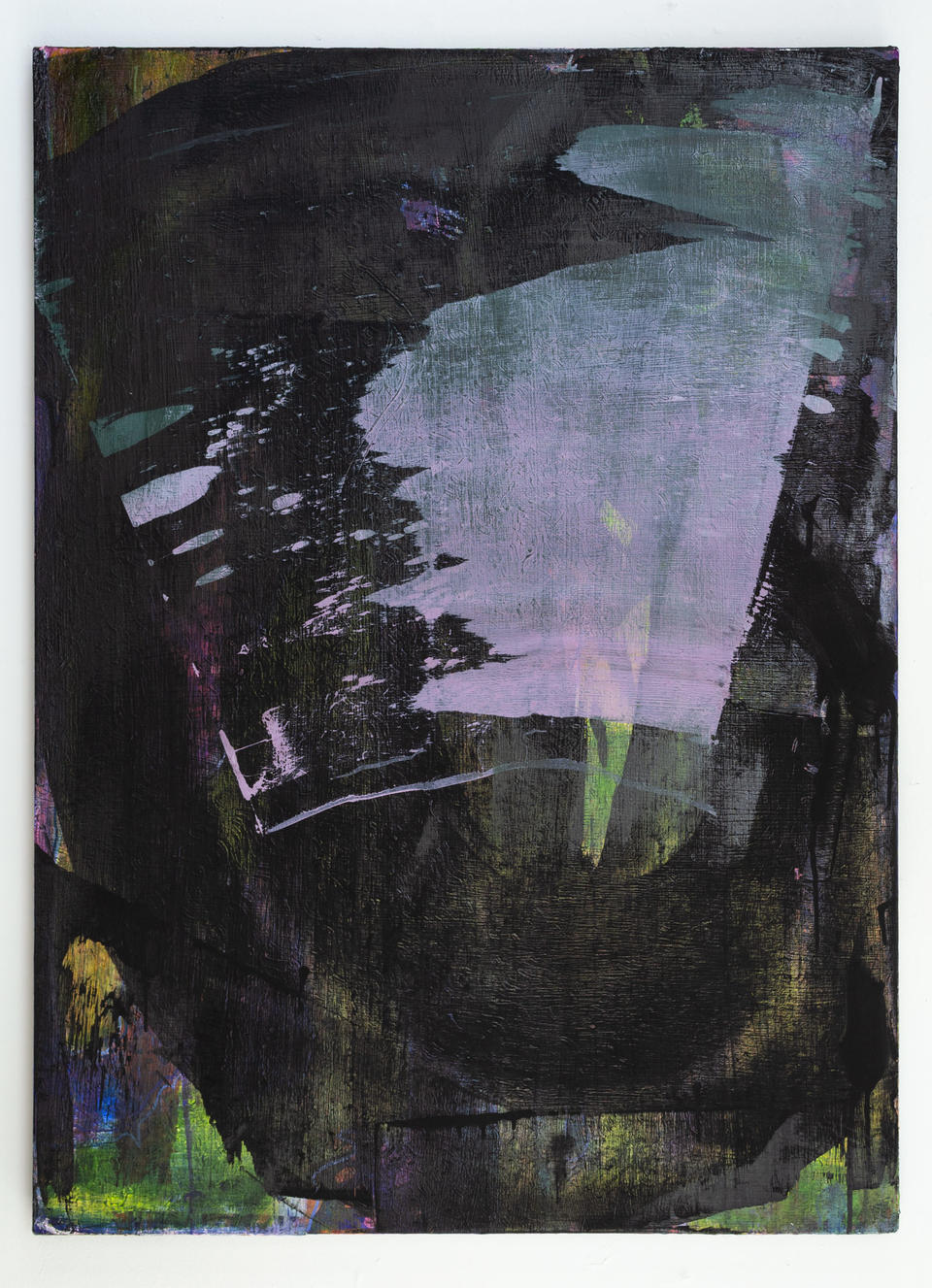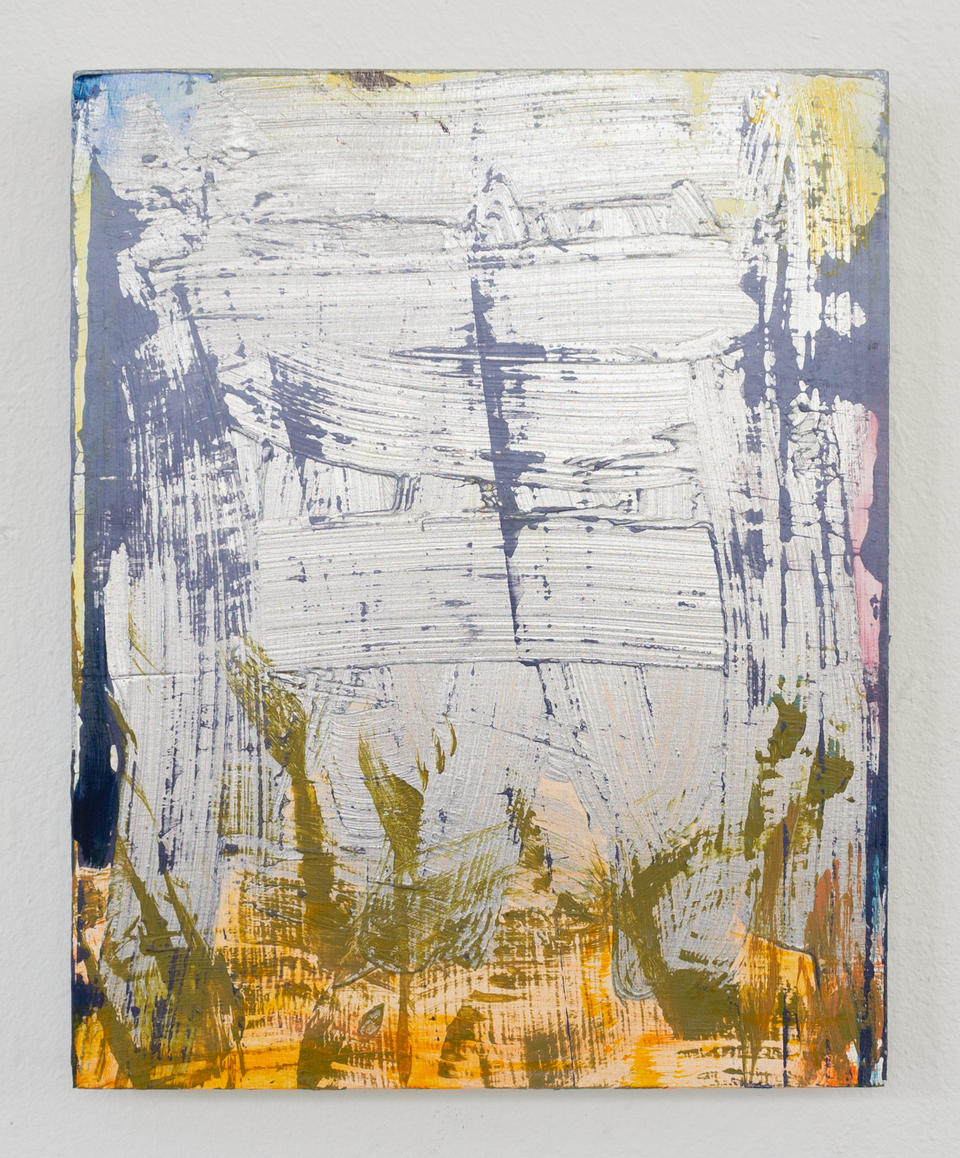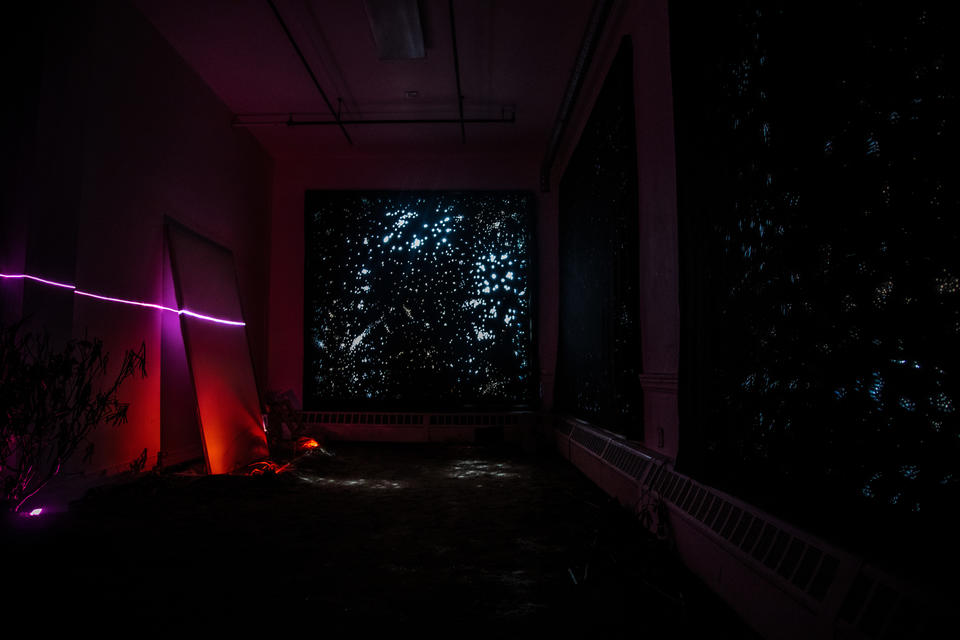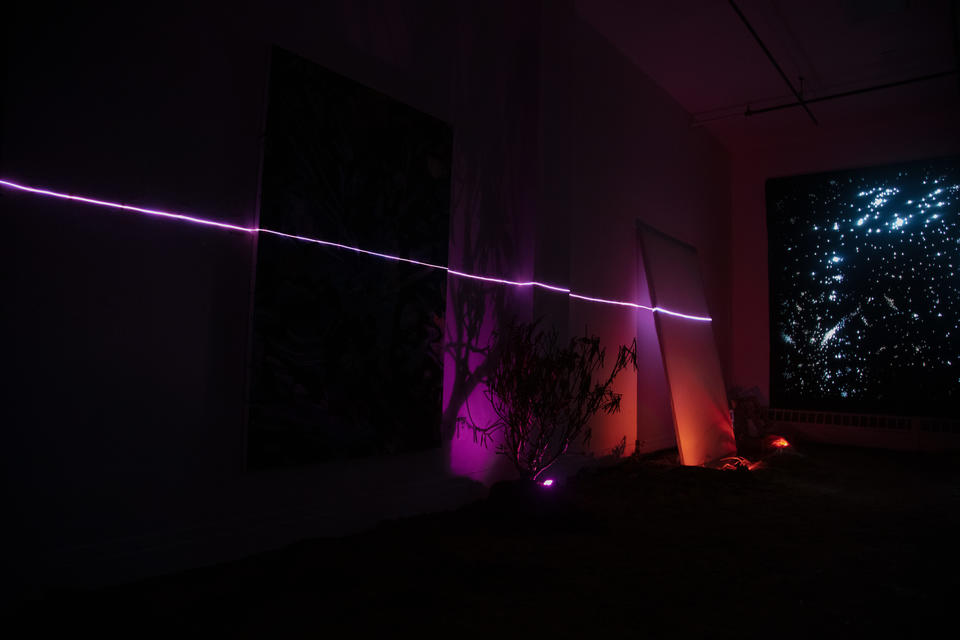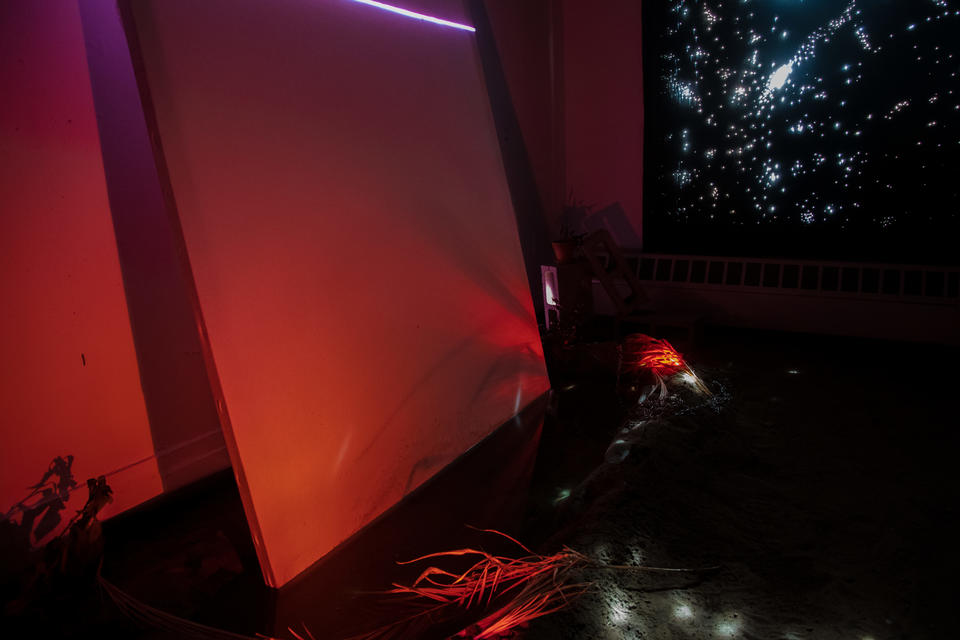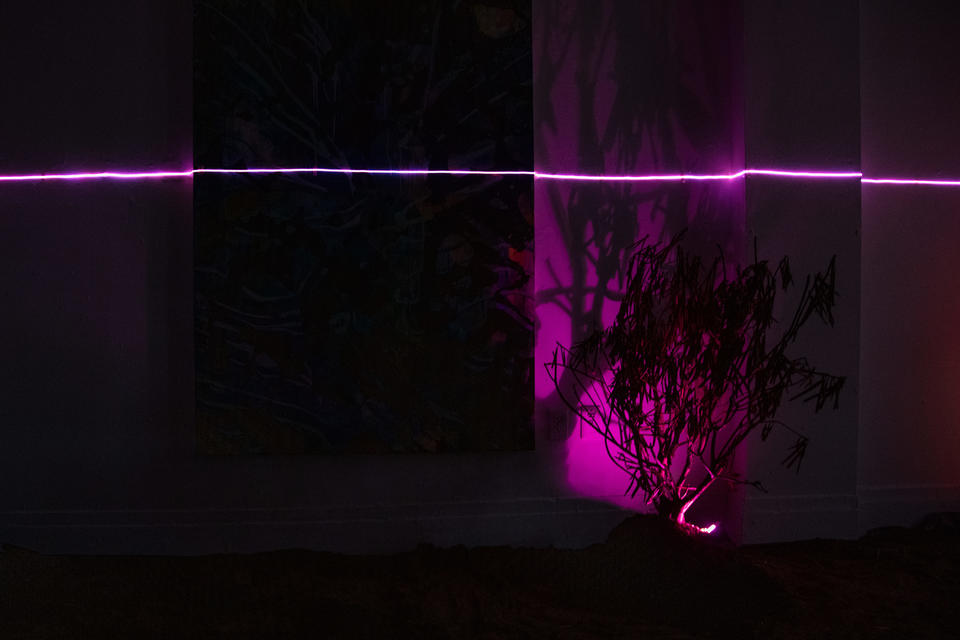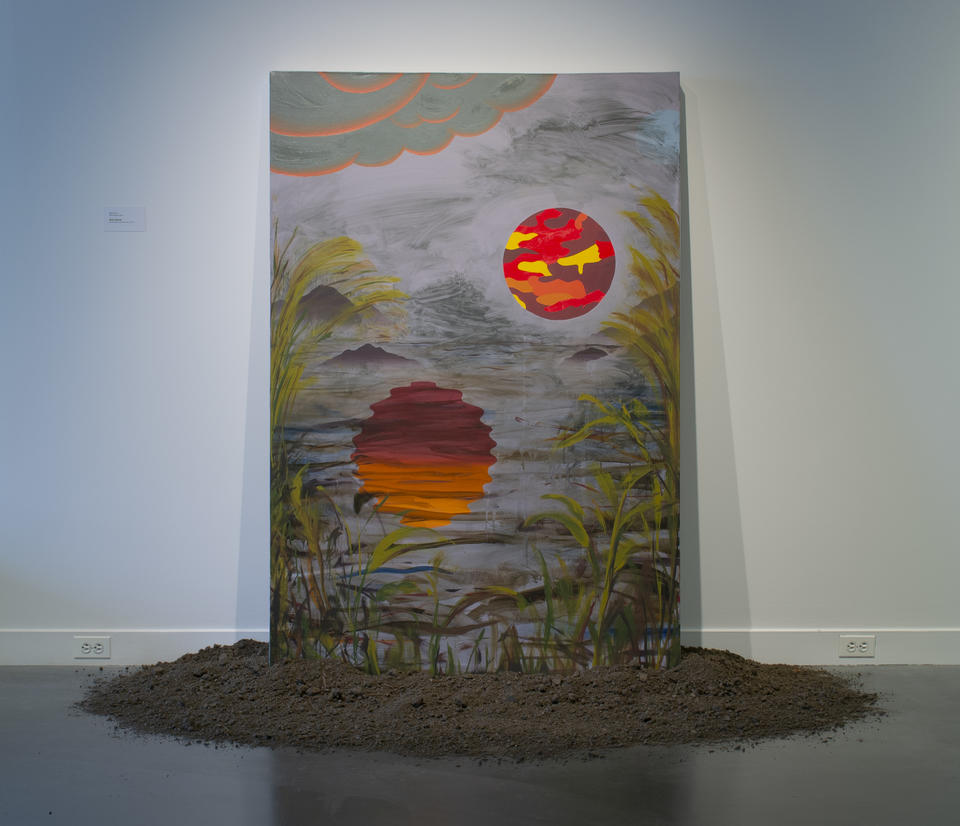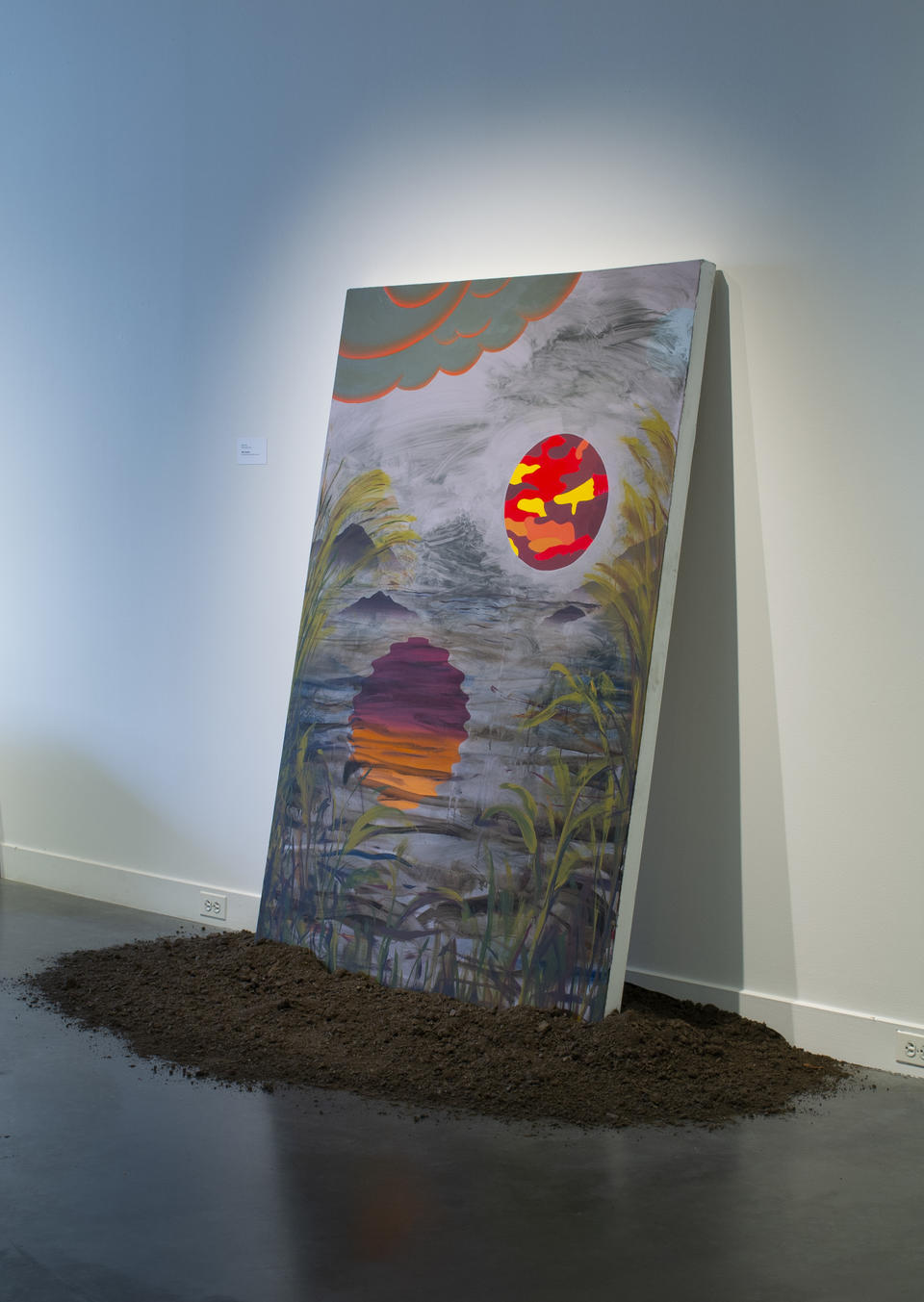Image
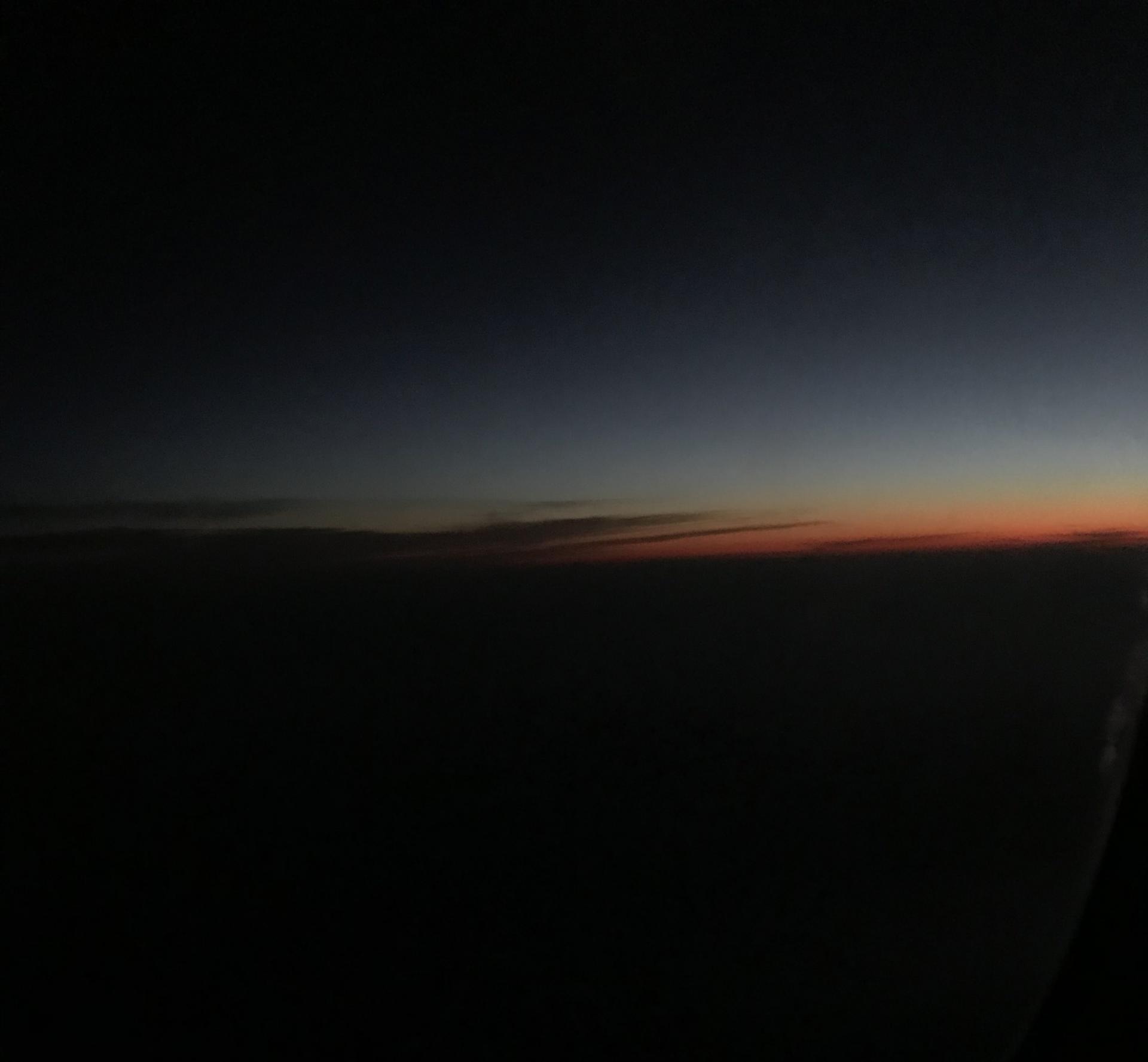
Image
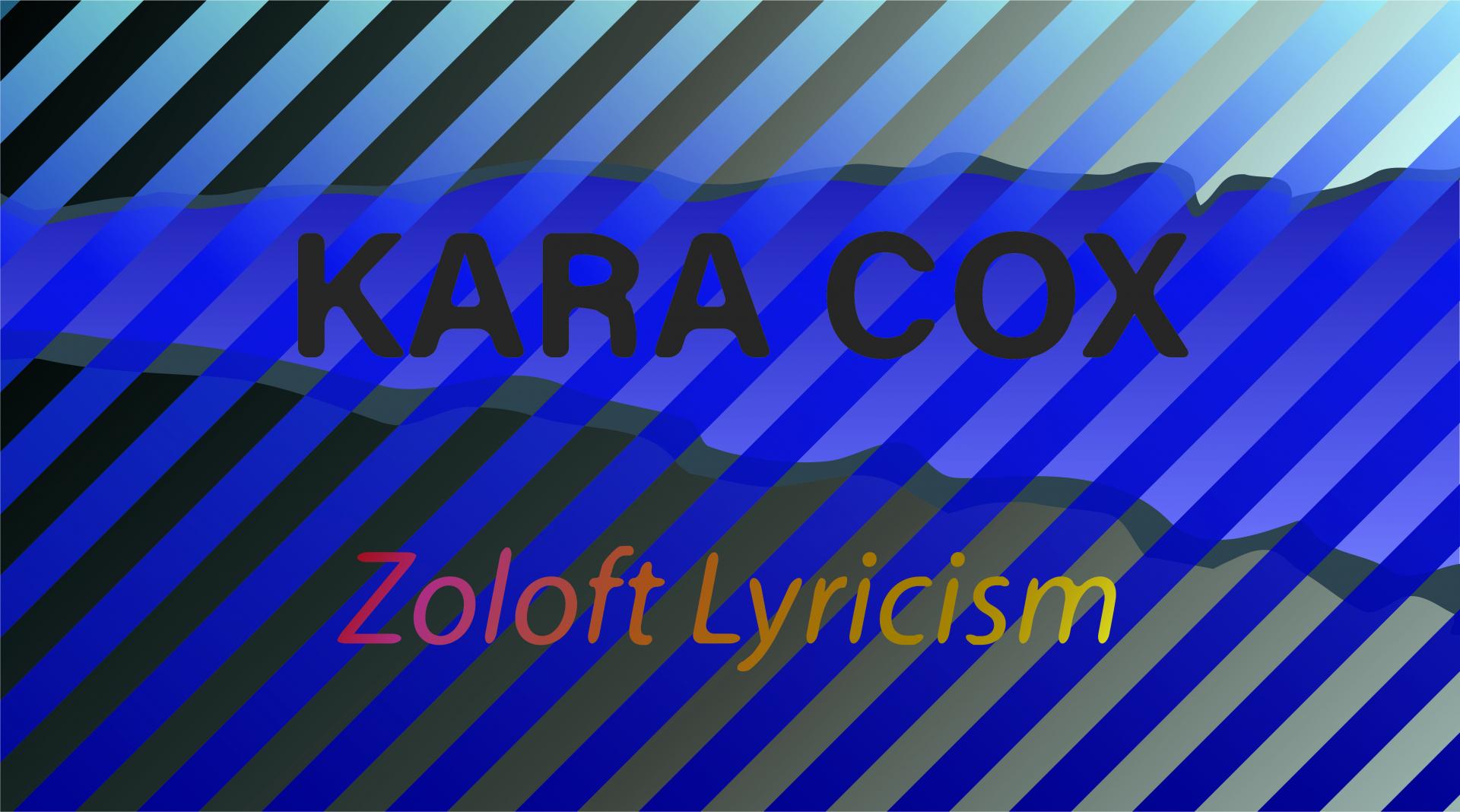
Kara Cox
Zoloft Lyricism
My paintings are process driven and systematic, with a proclivity towards decaying, abject and grimy surfaces. I focus on deviation from a matrix, such as a canceling gesture, fissure in pseudo-grid, or painting on top of a reflective surface. Upending the viewer’s expectation of the painting as an object and image is crucial to witnessing the painting as phenomenological experience, as opposed to exclusively a depiction. I am continually refining my techniques to operate as more than the sum of their parts, providing room to experience both the phenomena and process.
For me painting always feels like a container to develop the self. It's the one place where you can reconcile with yourself, your thoughts, and your body in space. That is, fundamentally, one of the most important things about art. This is what drives me to make process-based abstraction. Using process as a way to think about tools and the action of painting as an extension of the self, and our psychological states, has been the foundational structure of my thesis project.
Images
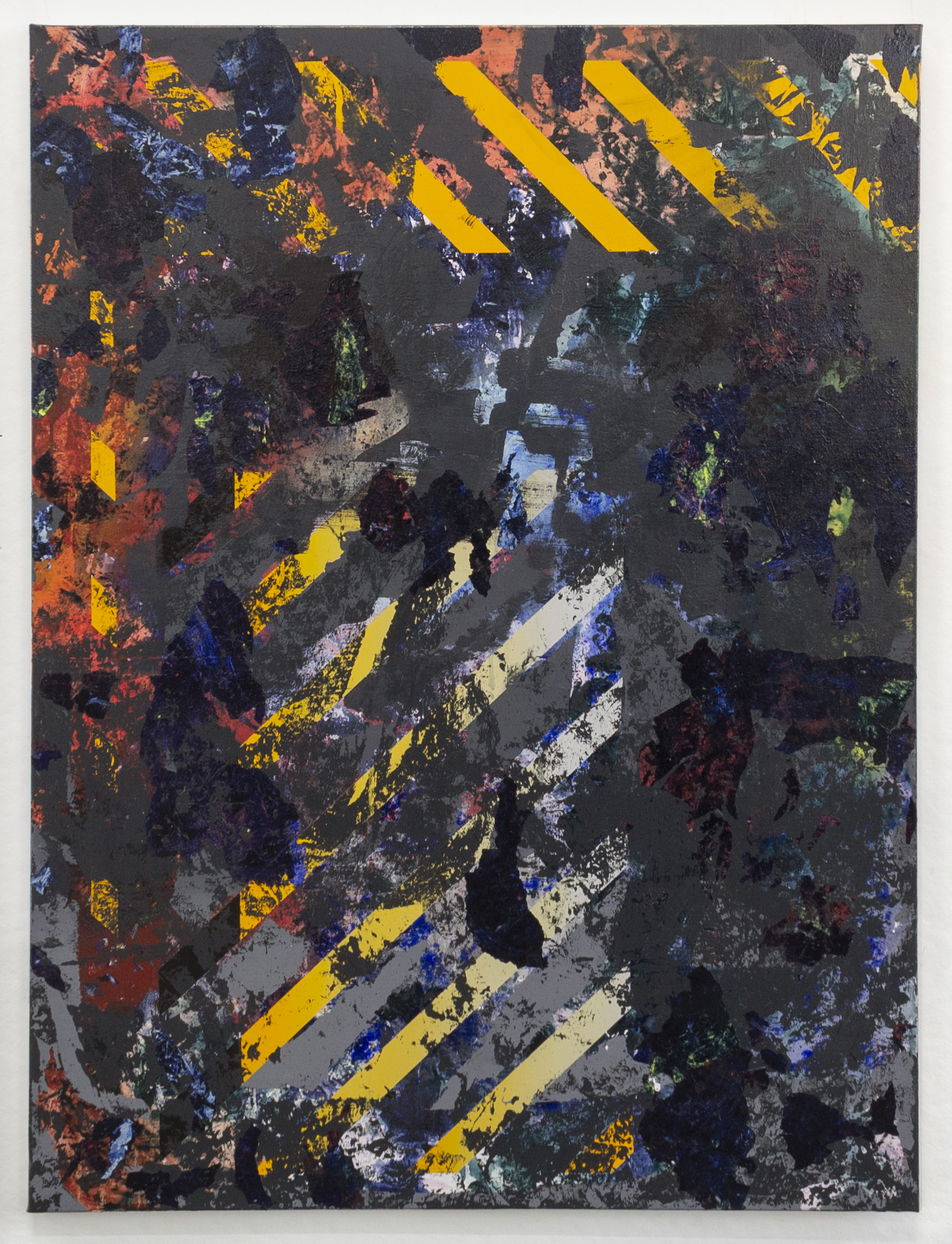
Overworked surfaces, etched away, repainted and toiled over recall the modular form of fleeting moments, and ephemeral residue.
Scraping a painting to remove itself and expose what is underneath— removing is both an additive and subtractive process.
Endlessly sanding to polish an overworked surface, akin to polishing a dirt ball when making Dorodango.
Cleaning is an act of endearment and protection.
I am always cleaning, wiping, adjusting, removing, and tidying up the paintings.
They become objects to be tended to, through a labor of love.
Cleaning is also insidious. It is an act of removal, and self-preservation.
It purges the trace of one’s movements.
Gesture is an index for temporal marks, embedded with the anxiety of a hastily moving body.
Painting as compounding urgency, and agency.
A visual manifestation of a body which retains and relives current anthropological anxieties.
The paintings congeal from a reflection on the unstable and widening theoretical space we find ourselves occupying; a dystopian reality we've adopted, and my personal, total inability to rely on hopes or desires for a future.
Some of the paintings serve as spaces for rumination on the landscape as no longer a reckoning of the sublime, but a force of inundation; acknowledgment of the ether’s indifference to our existence, and a complete impartiality towards kindness or morality. We are watching the landscape collapse in real time, degradation as the contrail of its trajectory. We are consciously digressing on an inevitable path of entropy, biding our time with centrism and neoliberal posturing about progress.
The arrangement is non-hierarchical, spanning the rhizome. Somewhere between Gaia hypothesis and Object Oriented Ontology, through the lens of human agency. I feel synonymous to the dried leaves and chipped branches. The stick from a morning walk rests on the sill, it is as integral as the paintbrush or surface support.
For this reason, the task at hand: Why make a painting?
Can the process of making a painting become a metonym for entropy?
I am to resist the spectacle of the indoctrinated normative, a sickeningly sweet dissociative trigger. The practice must venerate the irregular, decay, entropy and the non-monetary in opposition to delusions of objectivity— and resist capitalism’s carnivorous appetite for categorization.
I’m not interested in picking up trash to placate the neoliberal environmentalist’s ideas of progress, and I do not want my work to be conflated with activism.
Neglected, damaged, and forgotten objects resonate with me.
Emotional resonance when engaging with objects is painting’s directive. I’m taking the muck of fabric that’s been relegated to the seam where the road and curb meet to sympathetically wash and clean, and providing a space of refuge for refuse. This seems as perverse as making a painting at a time when we have more objects and images than one could ever need. I don’t think I have anything revolutionary to say about it, so the least I could do is make objects that have a special place in the world.
The paintings I’ve been making are focused on the making of the painting itself, something that fluctuates between an image and object, that recalls grime and decay, and starts with vacuous imagery of damaged or broken infrastructure that we cohabitate with and often overlook. The source imagery becomes the formal structure of the painting as the starting point.
It’s OK to paint a picture about painting a picture in a world of pictures.
Image
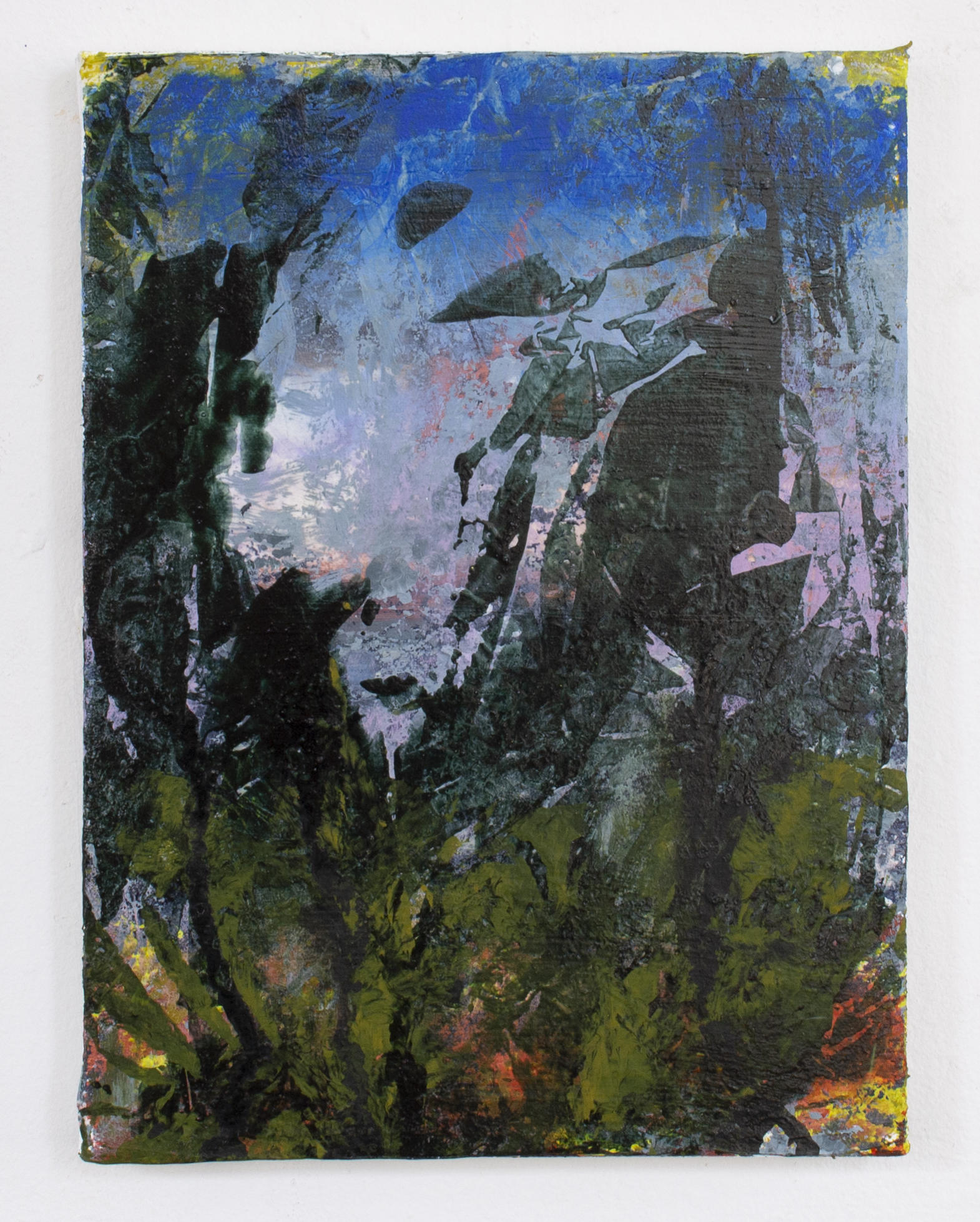
Image
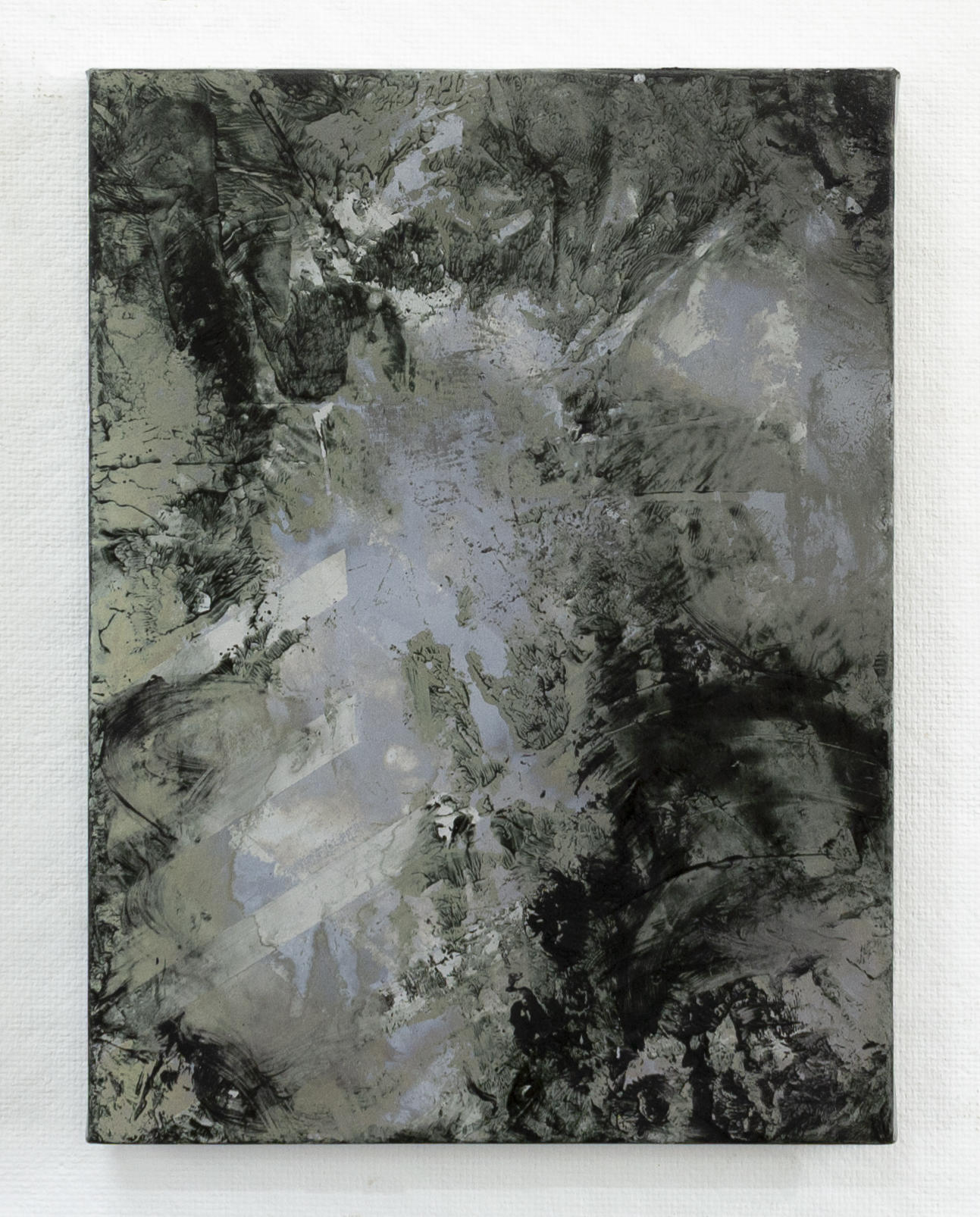
Image

Image
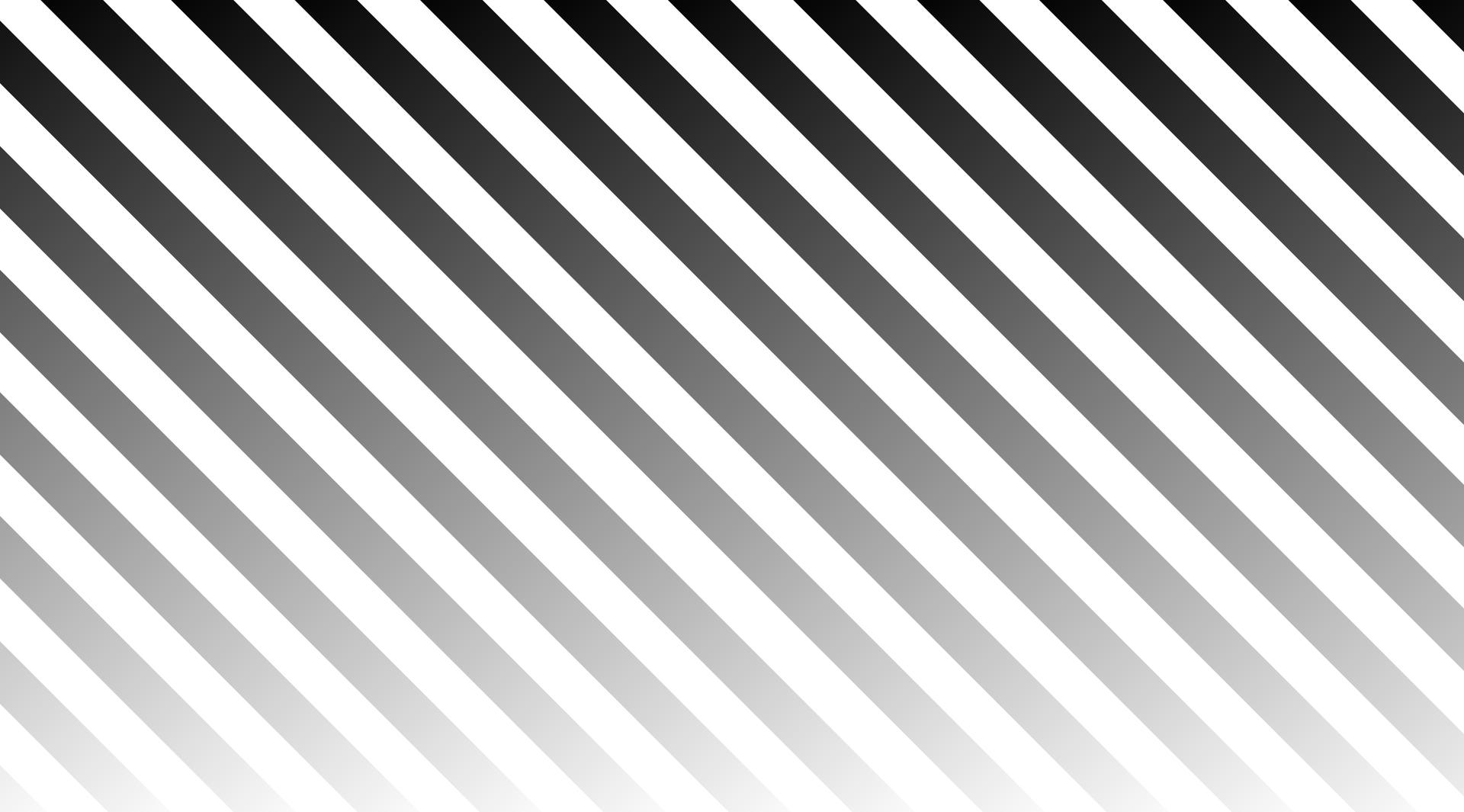
What role can mimesis play in abstraction?
Mimesis is typically considered the way in which representational or figurative work operates. In reference to art, it implies intention to convey a (perceived) truth of reality. We understand mimetic work as an imitation, simulation, or a representation of something that is usually narrative or serial. This outlines the objective of much representational work.
The binary of abstraction and representation has for the most part been dissolved, and you’d be hard pressed to find someone unironically quoting Clement Greenberg in 2020. However, at opposing ends of this spectrum their afterimage still hovers. An artists’ intention behaves as the juncture where abstraction and representation bifurcate; intention in the chosen mode for what the artist wants to be communicated. Is it more important for the likeness of an image to be read as the conduit for information? Or is the conduit in perception and phenomena not linked to resemblance? In my mind, this is the remaining contrast between representation and abstraction.
I like thinking about mimesis’ relationship to abstraction specifically through this lens, especially considering its association with representation.
What does mimesis look like without the intent to imitate an optical experience? I continually ask myself how, or even if, indexical marks can be employed mimetically, (specifically holding abstraction in mind) by-passing just the exclusively visual in favor of imitating the multisensorial. How does formal language such as layering, coupling, deviating, and merging emulate the sensation of an experience, without depicting it? I think of this as the “emotional cadence,” or the tone of the painting. It is possible in the way that a single broad brush stroke spanning a 6-foot range emits temporal associations with quickness— frenetic, energetic, angry, experimental, serendipitous, and so on.
It is not possible in the way that an image is not the thing itself, but an interpretation. Mimesis is a fertile place for obstinacy, and perversity, such as making and re-making something that already exists.
If I produce a surface image that is an index of my body, untethered to the goal of pictorial imitation, is it still conditioned by the parameters relating to photography such as picture plane, edge, figure-ground, etc.? Without photographic reference, I am still responding to the underlying structures of photography as a parameter. This is where my interest in interpretation, reprocessing, and imitation are enlisted. Mimesis in regards to process based abstraction for me is then the envisioned communication that a trace of body language will produce. Mark making is a visual manifestation of internal cognizance.
Romanticizing anti-cartesian theory in service of my painting process, I am tasking myself with making work concerned with its formal elements to transmute color and spatial relationships into concepts about our own selves and bodies.
Image

Image

Image
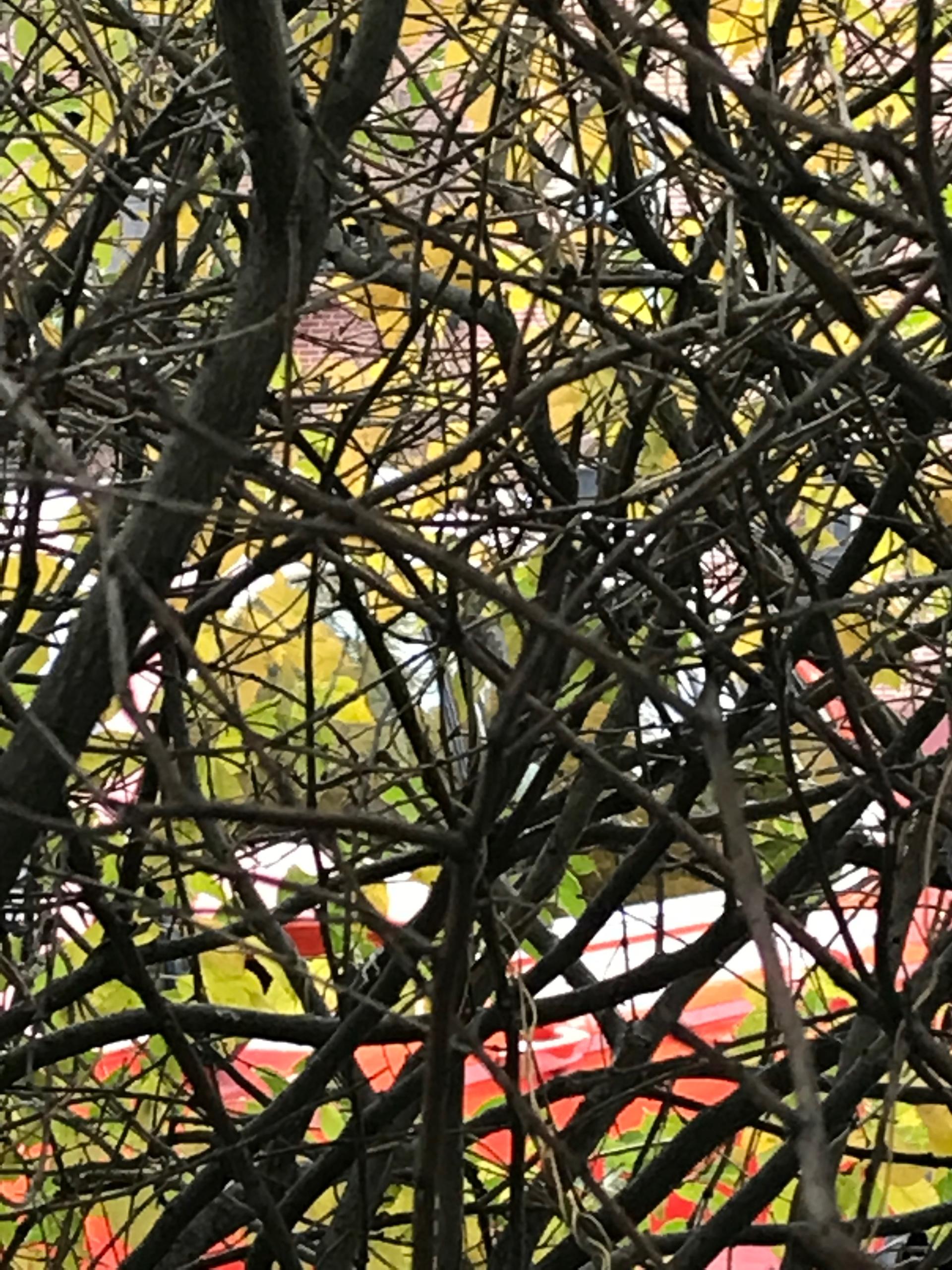
Image
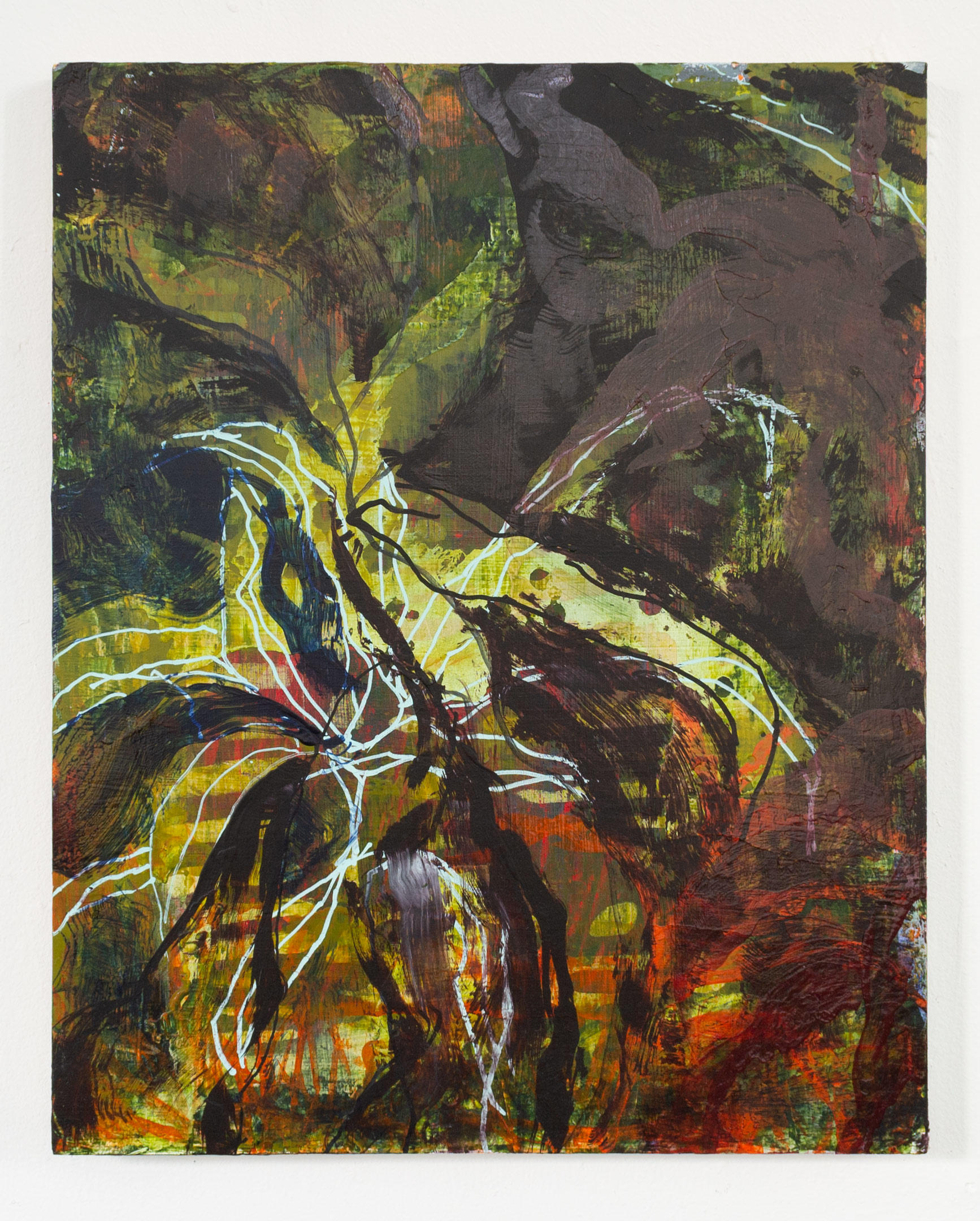
I am interested in the way two things diametrically oppose each other, especially if their composite illuminates or defines a range of possibilities between the two; that the process of applying a sharp opaque edge over a diaphanous painting ground could create a sense of harmony in its tension, and elucidate the space created by their dissonance. I am always thinking about degrees of contrast as an indispensable foundation for my painting process. Sprayed paint particles dispersed in a seamless gradient, coupled with a sharp edge directly applied from a brush. Using the spirit of dichotomy as the foundation for building the painting gives me a set of parameters to work within and against. It is a way for me to set up the structure that is divorced from imagery— because one mode of working always has its opposition. This way I am reacting keenly to the development of the painting. This call and response can entrench the movements of my body, as it dictates my speed, gesture, palette, and ultimately the process.
However, dichotomies can become slippery: just pick up any summer Bushwick art show press release. In a failed semblance of purpose and cohesion, the release might read “My work is liminal, and fluctuates between the dialectical and the singular, the concrete and the abstract, the precise and imprecise,” and so on. I personally think dichotomies have a lot to offer; unfortunately, they are often employed with nonsensical academic jargon. “Diametric lists” provide a guise of extreme clarity and confidence when trying to conceal a lack of substance. This brings out unsavory qualities of ambiguity, and does a lot of work while saying very little. Here the idea of presenting information, of presenting knowledge, is enough.
I am interested in how multiple languages rely on and inform each other, or how putting two opposing or unrelated languages together might develop new content or information. If painting can be approached as a visual language, I’m interested in how its dialect is formed by different combinations of paint applications. I like the kaleidoscopic effect dissonant approaches have on nuances of the language, mark, or procedure. Things that are intentionally disharmonious: such as a partially integrated palette coupled with a discordant one, a mark that oscillates between image and index, the quality of sharpness or blurriness in a painting that resists archetypal sight lines, and so on. There are many methods that can be implemented, but the crux of the dissenting operations is to defy the parameters through a method that acknowledges control and process.
There is always a dichotomy to be had, and I am interested in the way opposition can breed a sense of cohesion. Similar to Maximalism as the antithesis to Modernism— curated dissonance would be an antithesis to categorization, compartmentalization, and stylization. These often serve the consumerist marketplace, which I actively resist as an advocate for the spirit of making artwork.
Images
